Winding River RV Resort, Grand Lake, Colorado
Restraining (a quarrelsome wife) is like restraining the wind or grasping oil with the hand. ~ Proverbs 27:16
Early this morning, moose wandered passed our home! Three moose to be exact. Two cows and a bull sauntered right through the middle of the campground! Fortunately, Blaine went outside at just the right time, or we probably would’ve missed them. How exciting is that?!?!
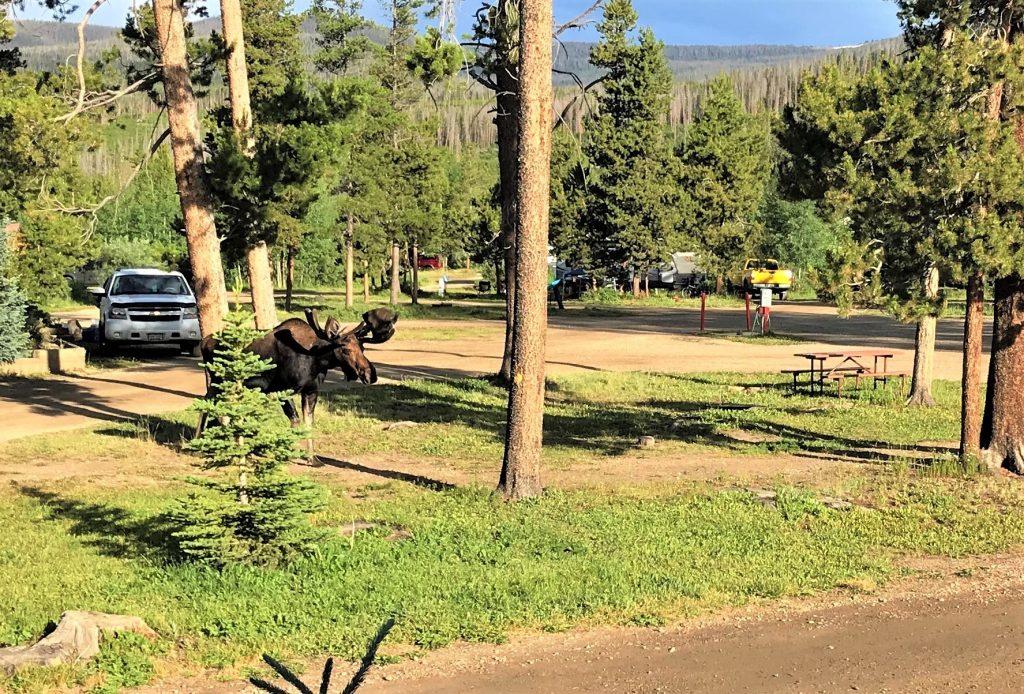
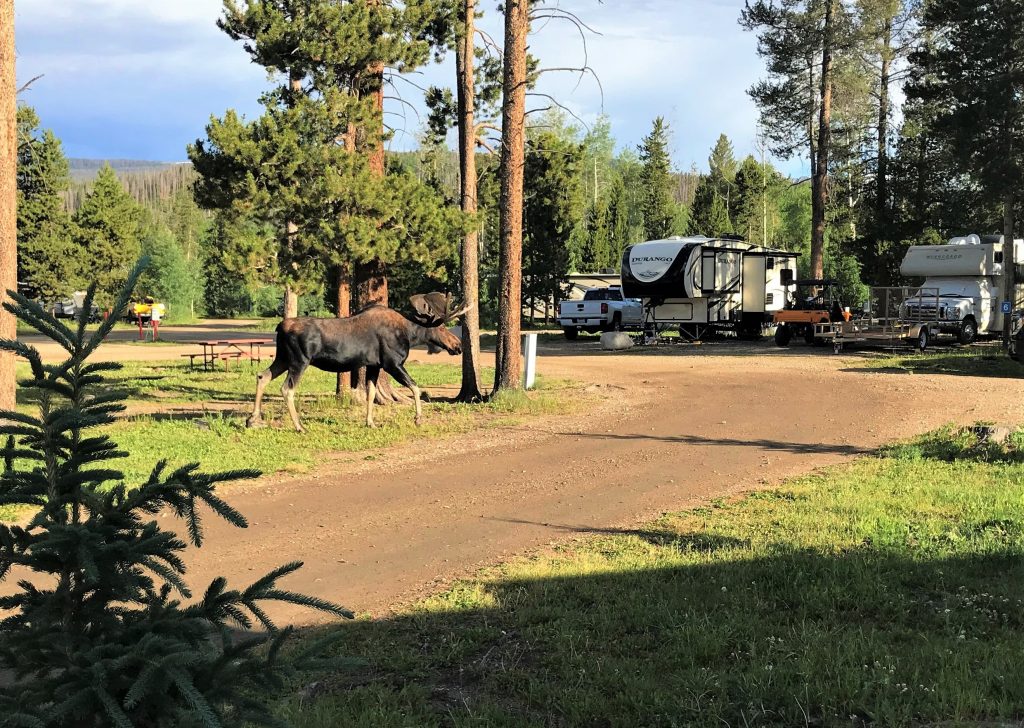
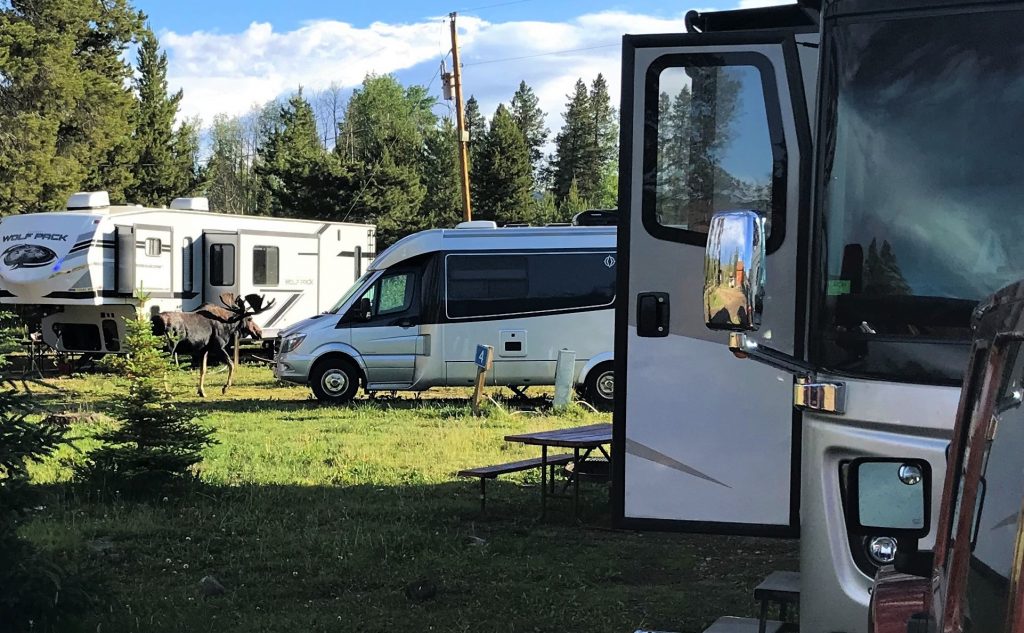
We tackled the Green Mountain/Onahu loop trail today. It was moderately difficult due to the 1,300’ elevation gain (from 8,805’ to 9,905’), and the 7.5-mile distance, and the high altitude. It turned out not to be a very exciting hike, as most of it was through the woods that all looked pretty much the same, but we had a few moments, as you’ll see.
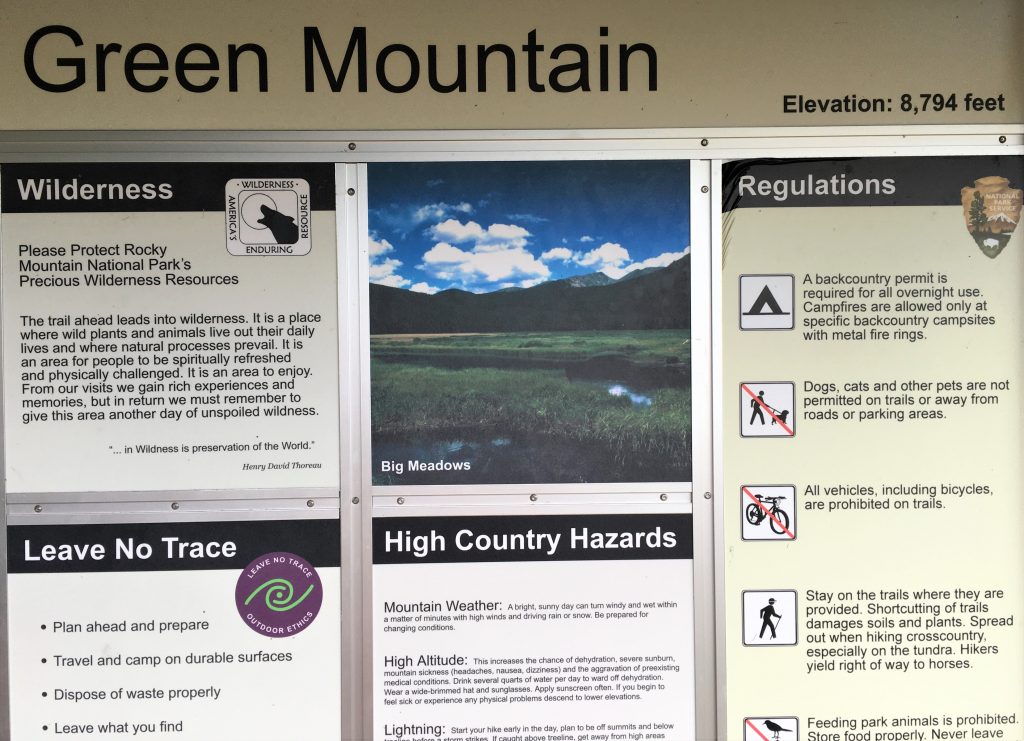
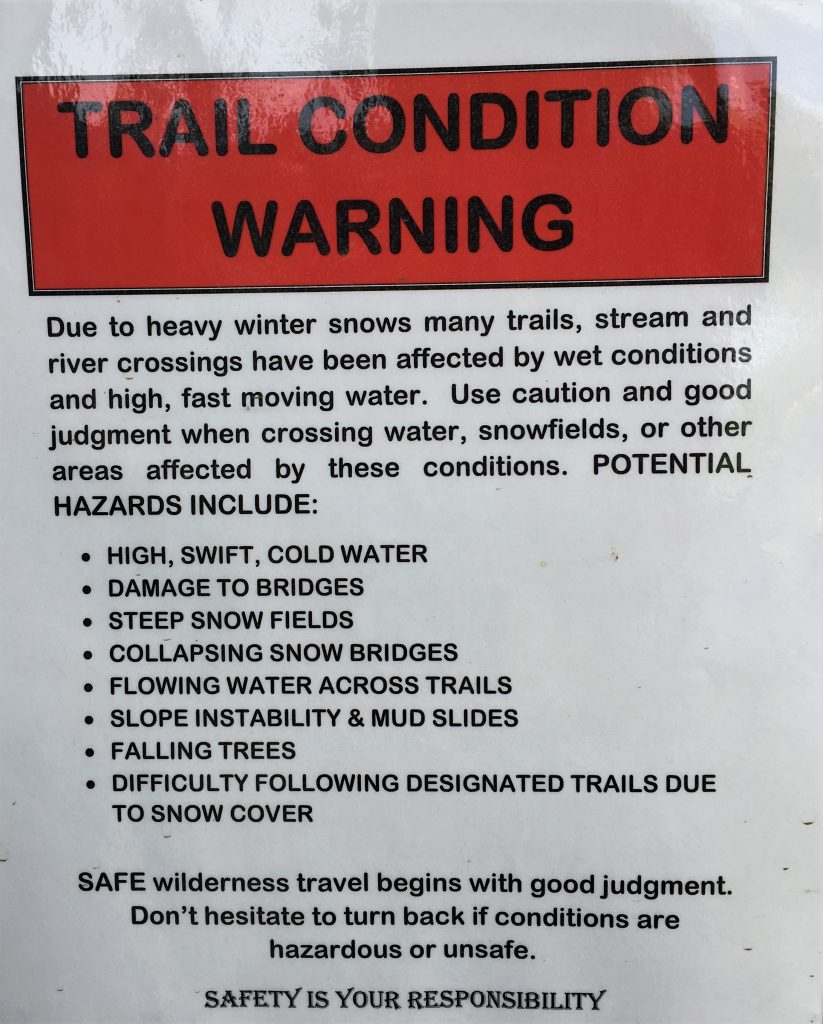
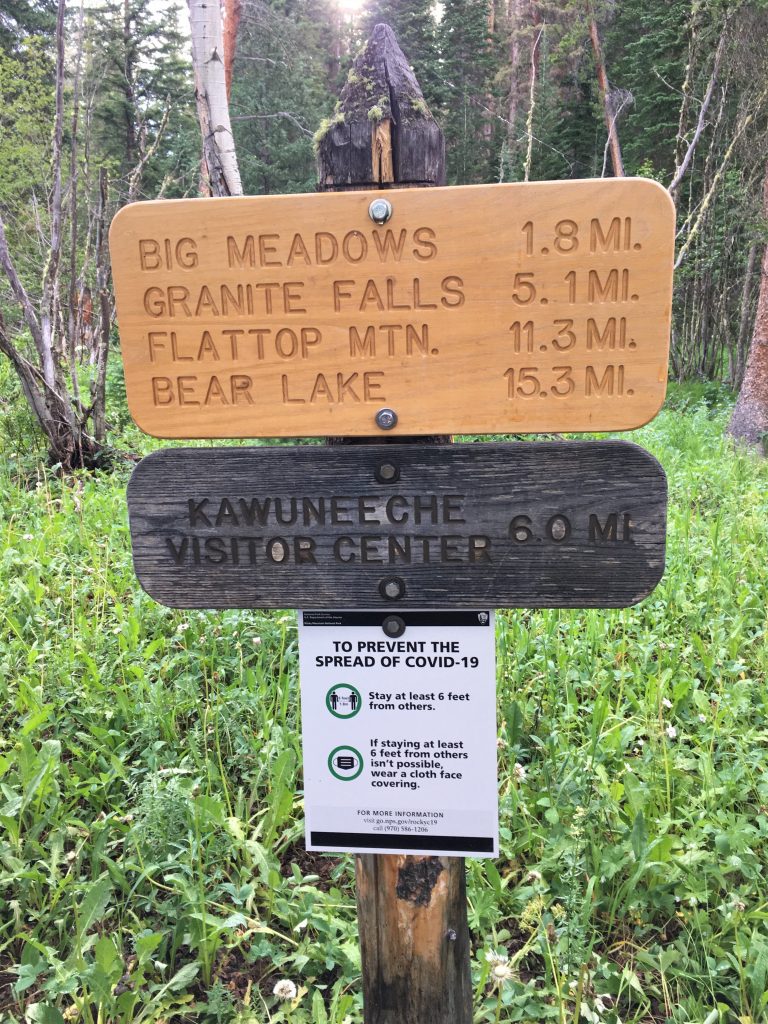
Since there’s not a lot of information or pictures to share from today, I’d like to take a moment and tell you a few things about the Park straight out of a booklet we picked up at the Visitor Center in Grand Junction. Well, much of it is a “Reader’s Digest Condensed Version”. It’s called “Oh, Ranger!” and contains a bunch of information on Rocky Mountain National Park.
- Congress passed the Rocky Mountain National Park act in 1915 focused on preserving the Rockies’ natural wonders, especially the tundra environment
- It protects over 265,000 acres
- The highest summit is found on Longs Peak and reaches 14, 259 feet
- The Park is the highest national park in the country, with elevations ranging from 7,860 feet to 14,259 feet. There are 77 peaks above 12,000 feet
- Summer and winter are best for hiking, climbing and fishing. Winter is great for snowshoeing and wildlife watching – elk, deer and coyotes are active
- There are more than 350 miles of hiking trails
- The area was never the year-round home of native people, but the Ute Tribe used it for their summer hunting grounds until the Arapaho appeared in the late 1700s and forced them out
- The US government acquired the land as part of the Louisiana Purchase of 1803
- In 1843, a man named Rufus Sage from Connecticut published a book describing his four years of explorations. It was the first account of the area’s wonders to reach unbelieving Easterners
- The first settler was Joel Estes, a Kentuckian with wanderlust. In 1860, he moved into a hunting cabin with his family, but winters proved to be too harsh for his cattle. After six years, he sold them for a yoke of oxen and converted his cabin into guest accommodations in 1867. Since then, the number of visitors to the Rockies area has grown steadily
- Because large veins of silver and gold had been discovered in other parts of the Rockies, miners thought this a land of opportunity. They began arriving in the late 1870s during Colorado’s gold rush.
- In 1879, Lulu City was founded and became a booming mining town with a raucous reputation. Four short years later, it was nearly deserted because the riches found were far less than anticipated
- During this boom, large game nearly disappeared by 1900, as commercial hunters worked to feed everyone. A single hunter could deliver a weekly supply of three tons of assorted big-game meat
- Ranchers and farmers decided that the real wealth of the Rockies was in its water and they fought for rights over it. They built canal systems to deliver water from the wetter western side to the drier eastern side, intercepting several tributaries to the Colorado River
- Not long after, dud ranches began springing up. Cabin and tent resorts housed guests who came on horseback and by wagon over rutty roads from Grand Lake or by an Indian trail from Estes Park.
- In 1903, R.O. Stanley, inventor of the Stanley Steamer automobile, came to Estes Park for health reasons. I was so impressed by the beauty, he decided to invest his money and his future here. In 1909, he opened the elegant Stanley Hotel. Largely due to his efforts, the Estes Park Protective and Improvement Association was established to protect local wildflowers and wildlife as well as improve roads and trails.
- Enos Mills came to the Longs Peak area in 1884 when he was 14 years old. He was a dedicated naturalist and important to the future of the area. In 1909, he proposed that the area become the nation’s 10th national park. He spent several years lecturing across the nation, writing thousands of letters and articles and lobbying Congress to create a new 1,000 square mile Park – from the Wyoming bord to Pikes Peak. There were many who supported the idea, however the mining, logging and agricultural interest opposed it. A compromise was drafted that included 358.3 square miles and on January 26, 1915, under President Woodrow Wilson, the land was declared Rocky Mountain National Park – the 11th national park. It is currently 415 square miles
- In 2018, Rocky Mountain National Park was the third most visited of the 60 national parks and saw record visitation by 4.5 million people. It is now becoming endangered of being “loved to death”. Since 2018, they’ve been working on ways to prevent the environment from being overstressed, and implementing new procedures
- Rocky Mountain National Park licensed the nation’s first female nature guides in 1917. The guides, sisters Ester and Elizabeth Burnell, learned the naturalist trade from advocate and author Enos Mills
As we hiked today, a new song became stuck in my head and remained there, all by itself, for most of the hike. It’s a song called “I Believe” that was recorded by Elvis Presley in 1957 for his gospel album.
But the reason I know this song, has nothing to do with Elvis, and everything to do with my aunt. Auntie, as us kids knew her, directed our church’s children’s choir when I was growing up. We did a lot of music, but only a few songs have been retained in my memory all these years later. This song is one of them. I can still picture her standing before us, her graceful hands directing, urging us, to bring the words and music to life.
If you want to listen to Elvis, you can search “Youtube I Believe by Elvis”. I tried to get the link to copy here, but was unsuccessful. If you don’t want to do that, here are the words at least.
I believe for every drop of rain that falls, a flower grows
I believe that somewhere in the darkest night, a candle glows
I believe for everyone who goes astray, someone will come, to show the way
I believe, I believe
I believe above a storm the smallest prayer, can still be heard
I believe that someone in the great somewhere, hears every word
Every time I hear a newborn baby cry, or touch a leaf or see the sky,
Then I know why, I believe
Let’s take a hike!
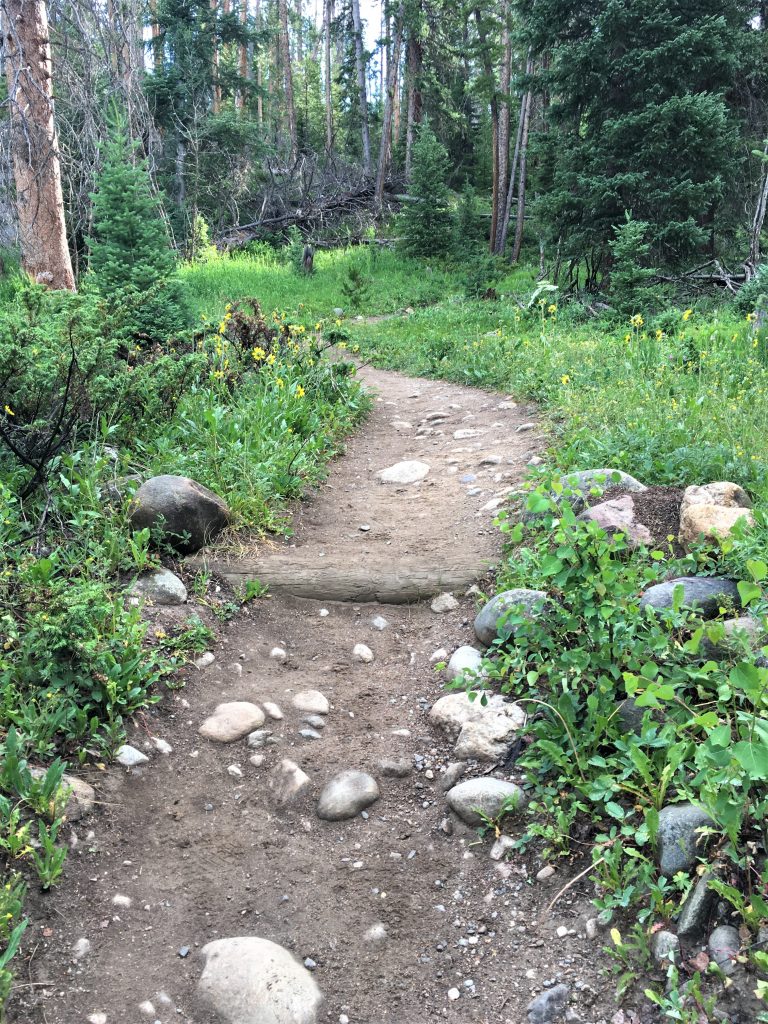
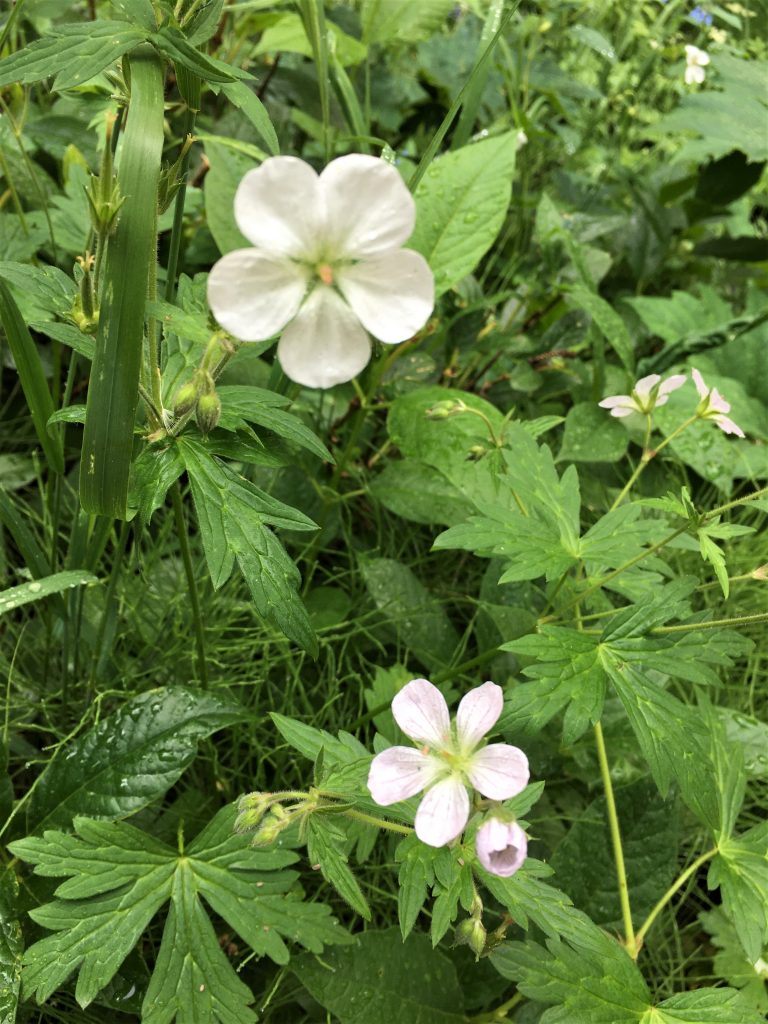
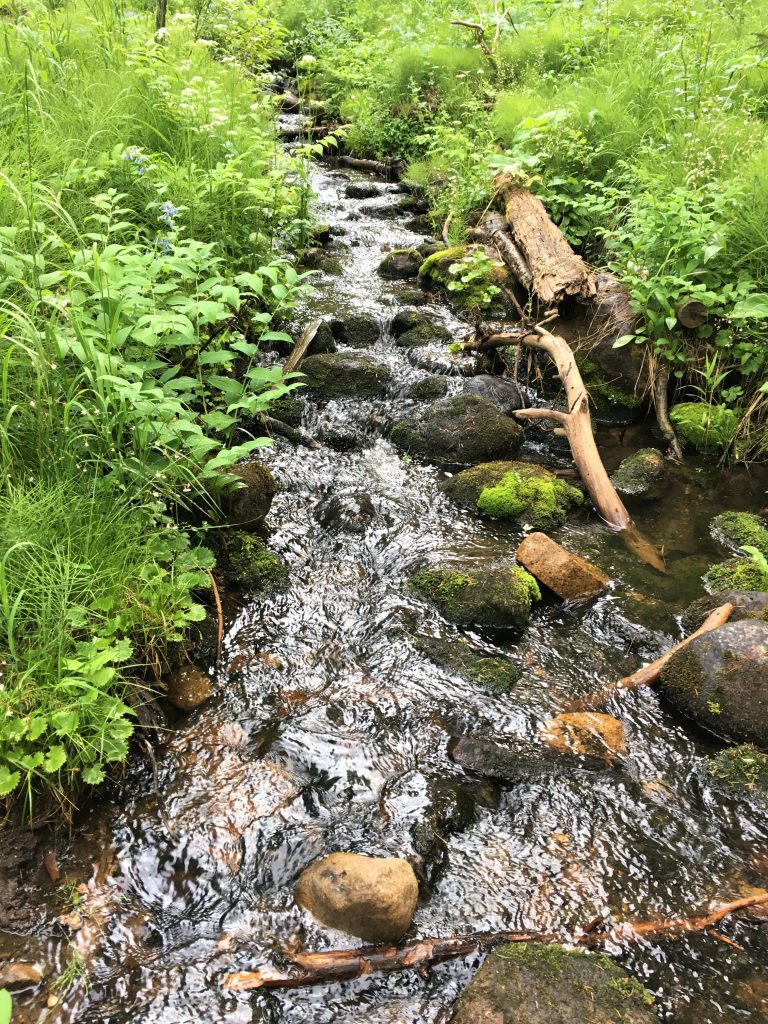
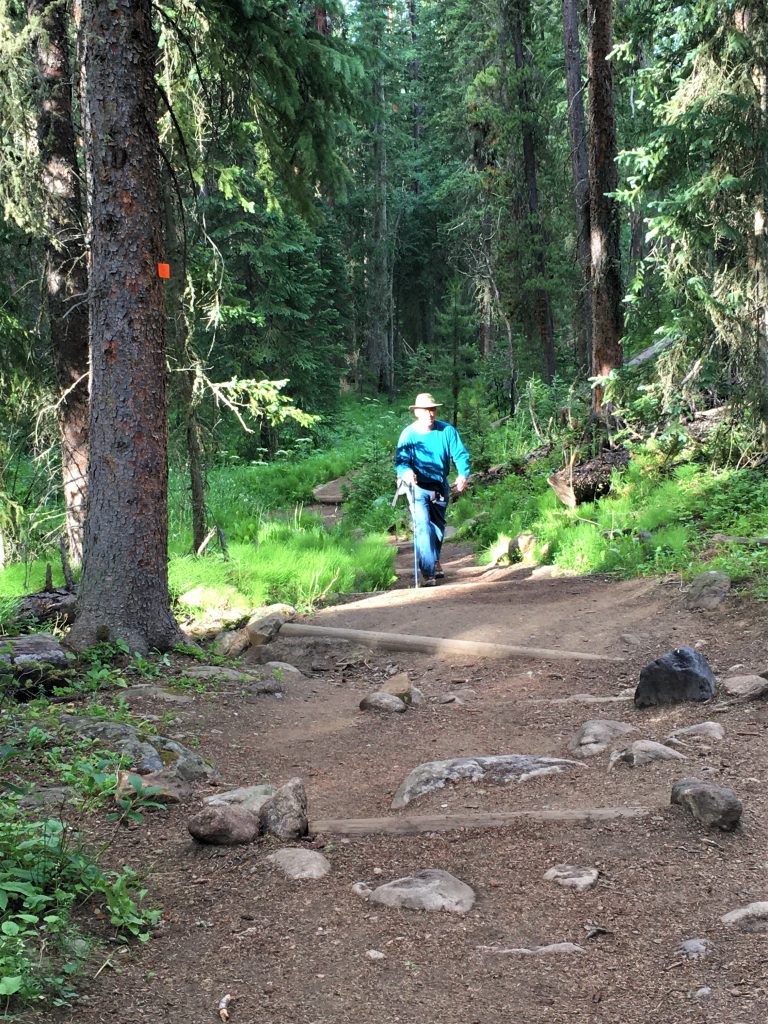

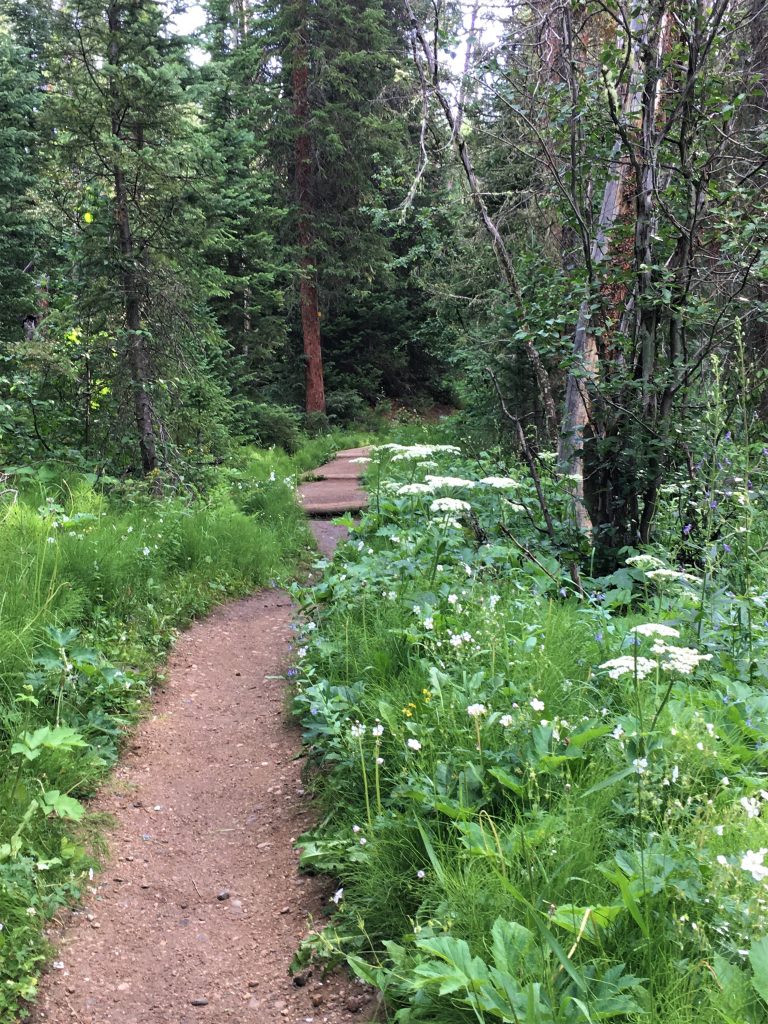
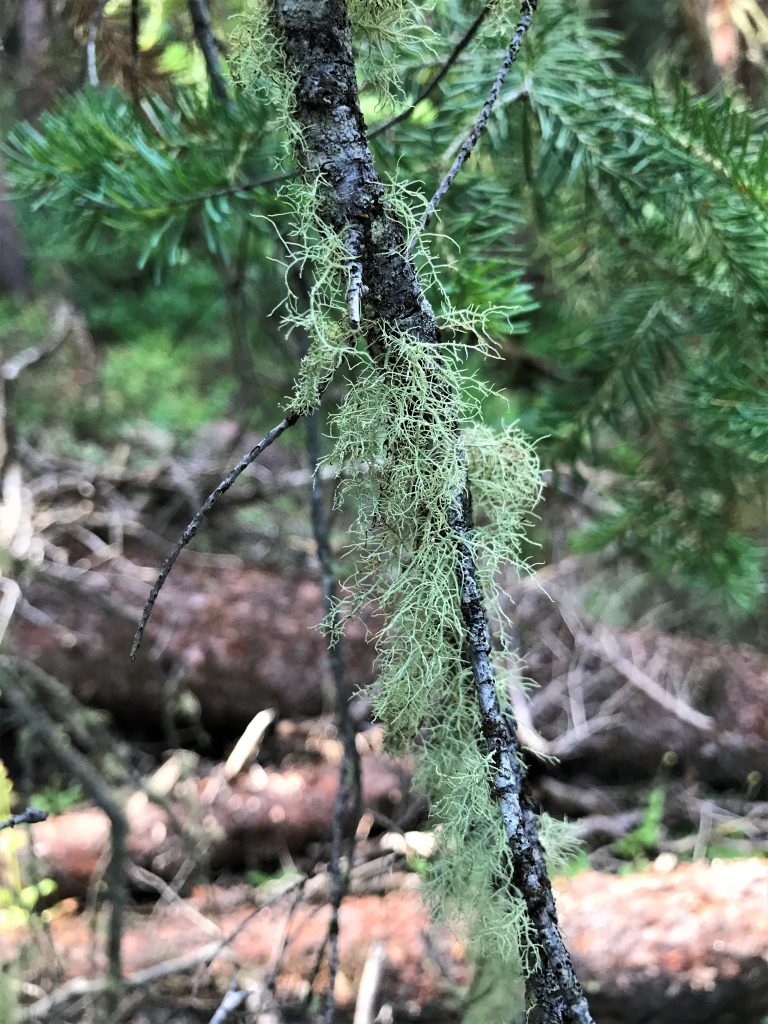
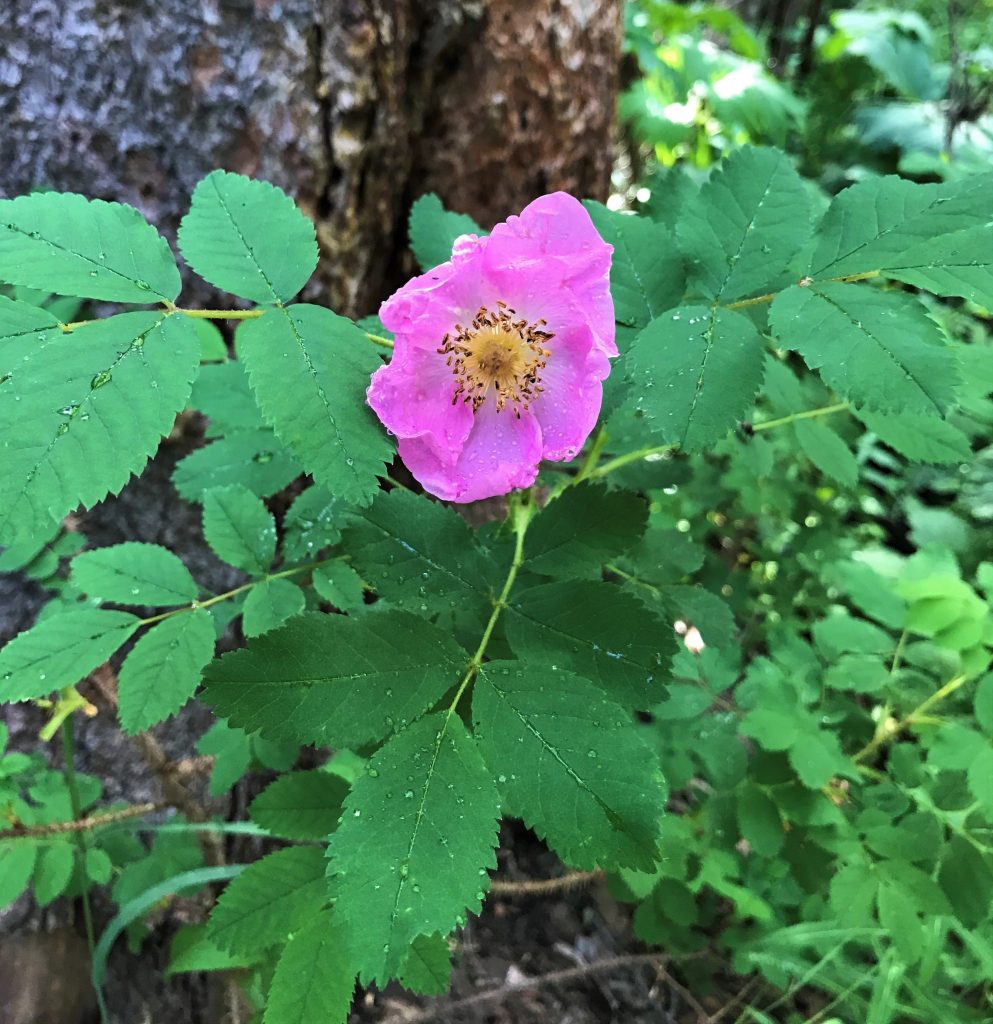
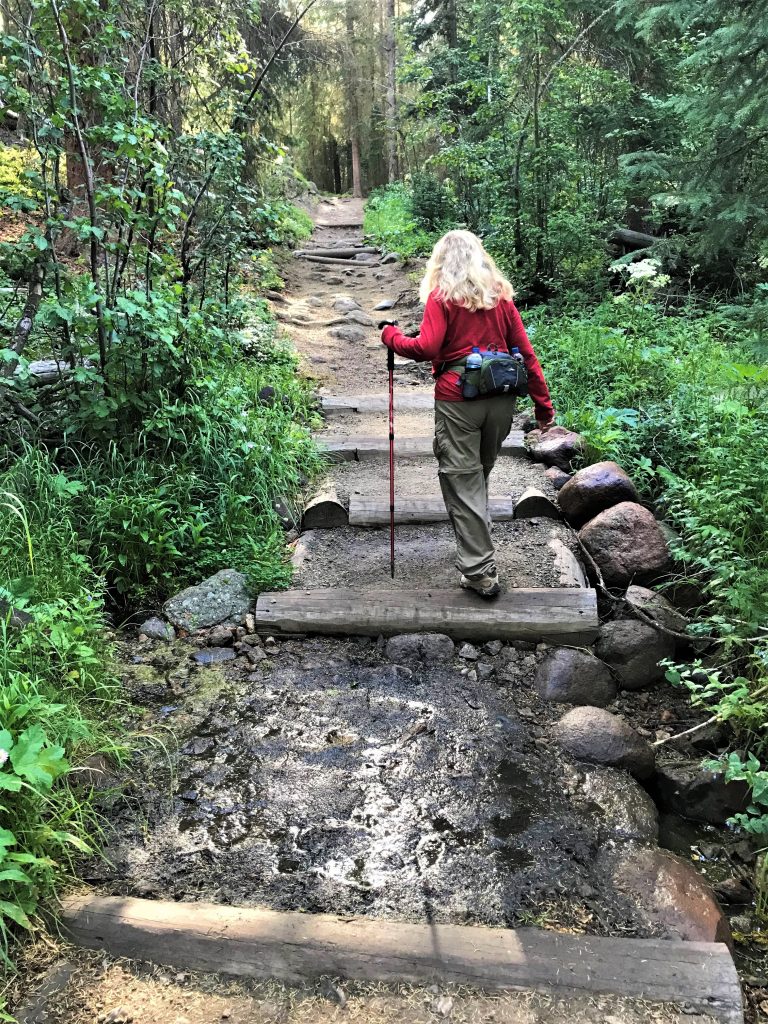
Actually, it’s great when used as mosquito netting!
Hopefully, I’ll be able to get it cut as soon as we get to Ohio in September!
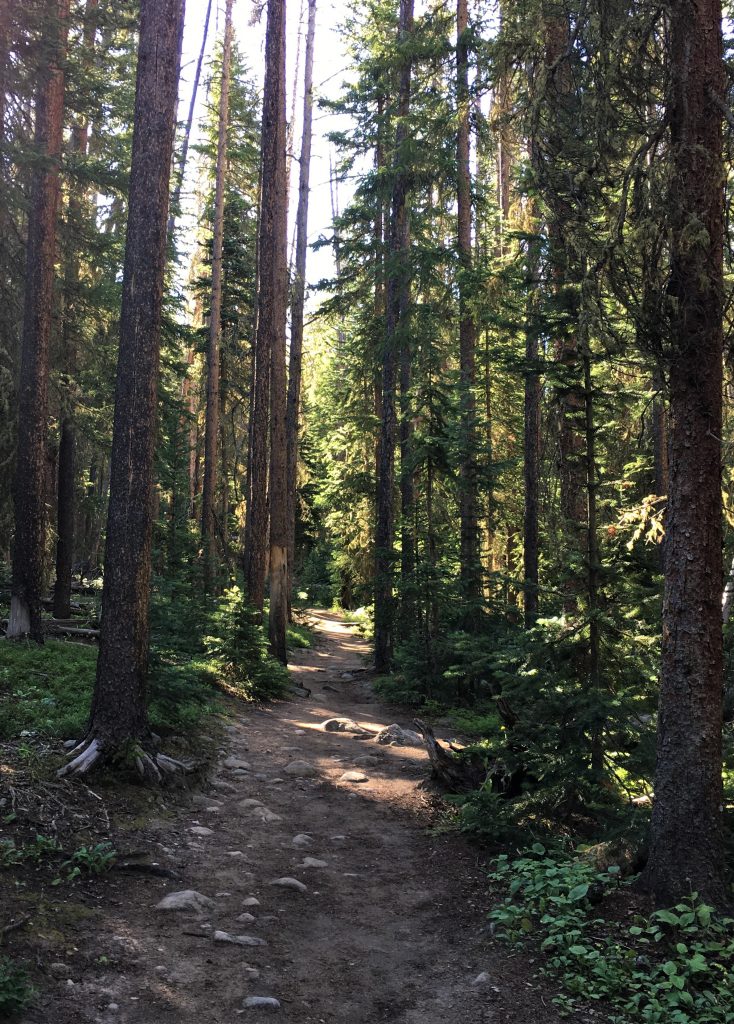
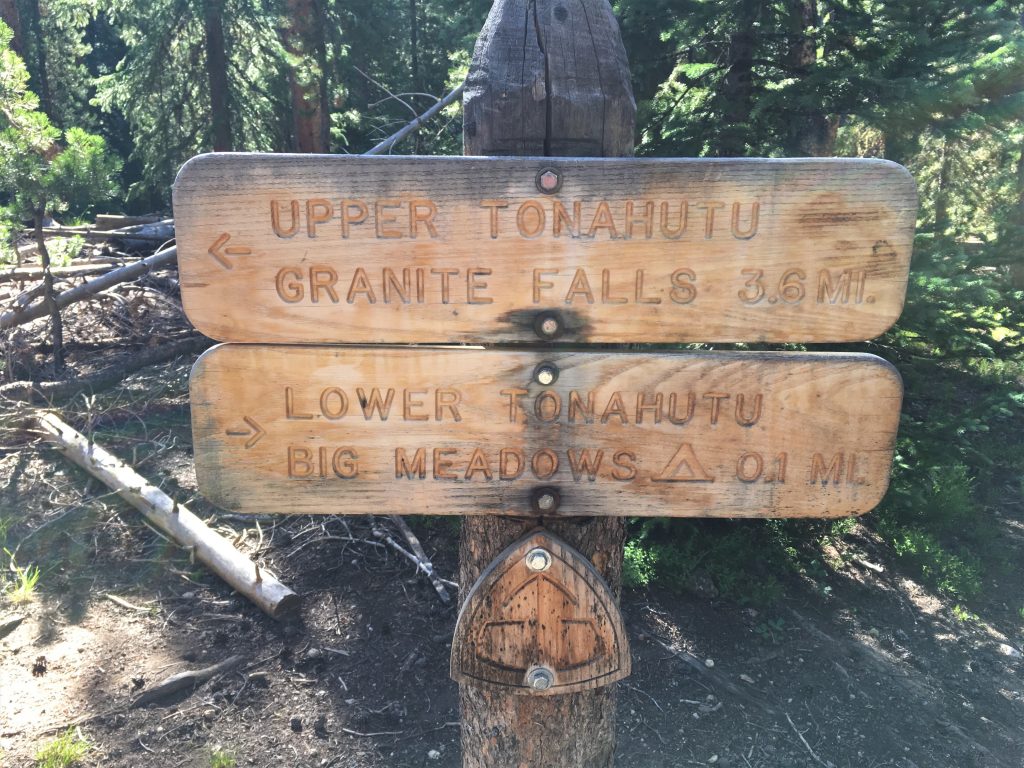
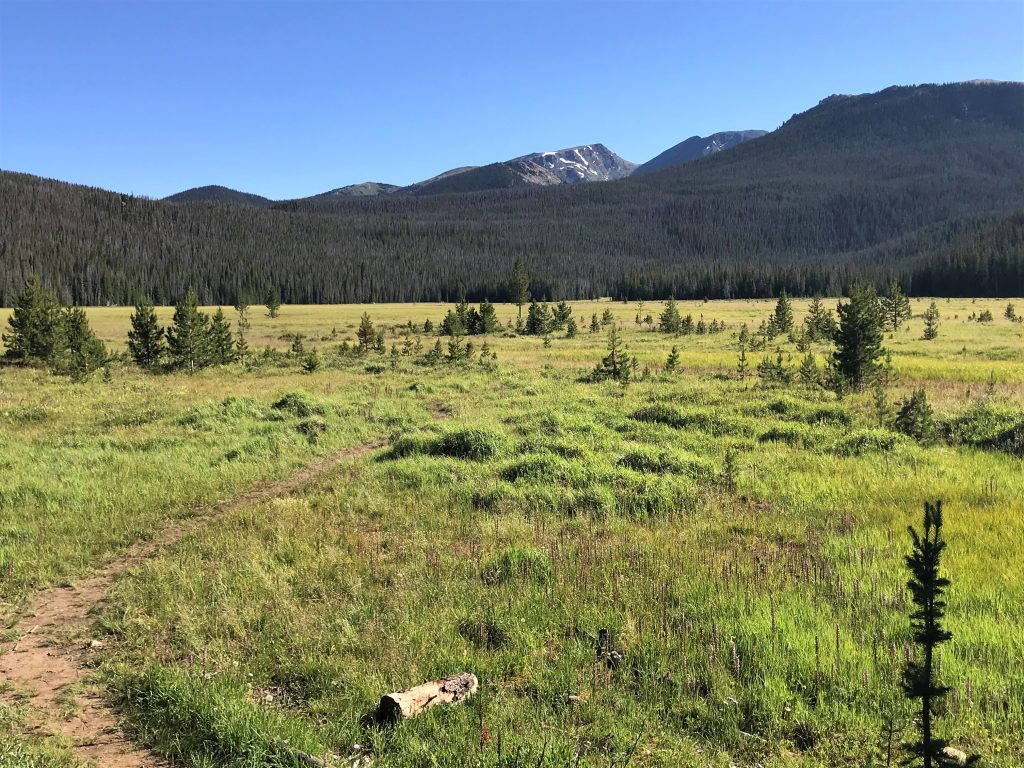
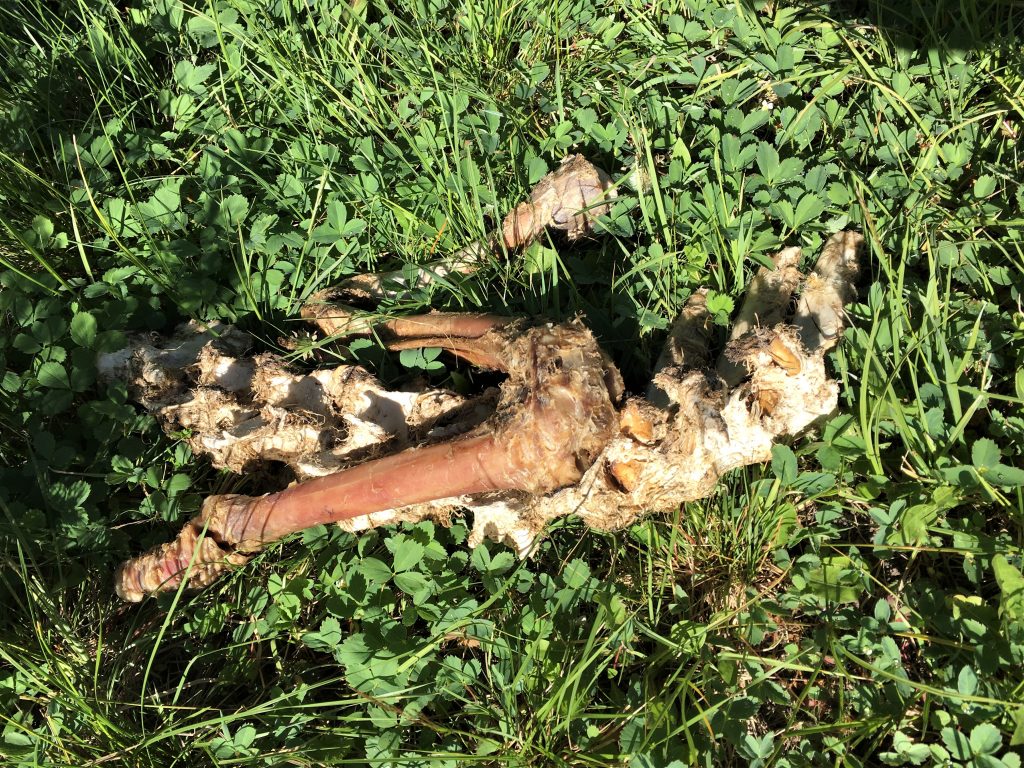
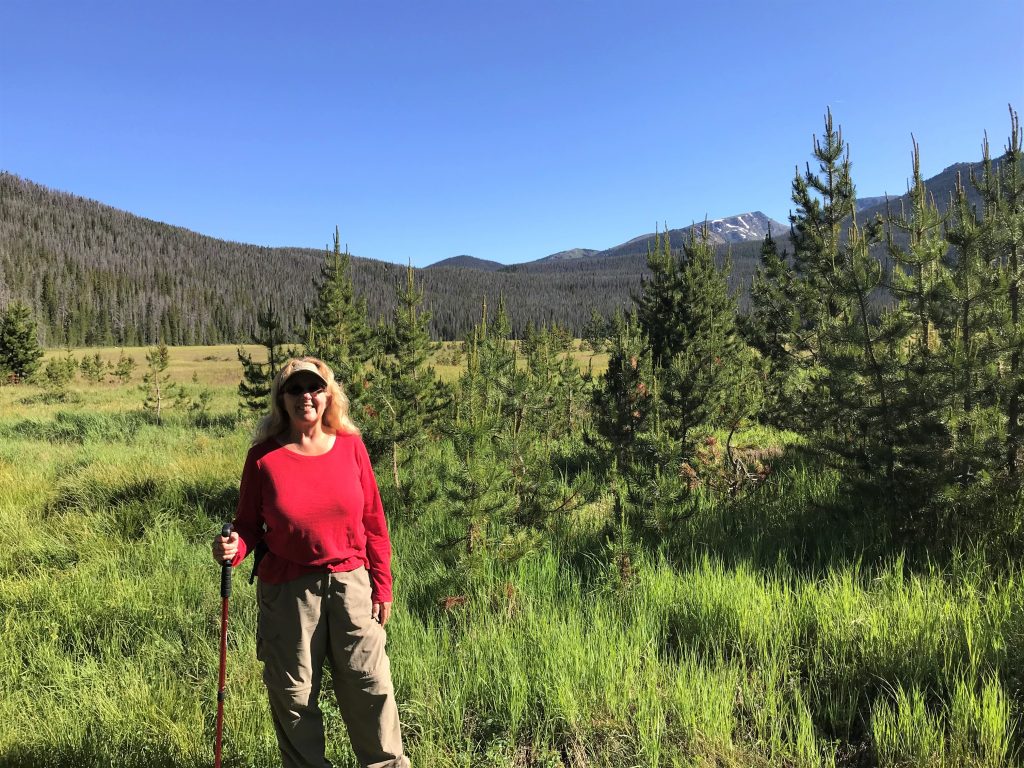
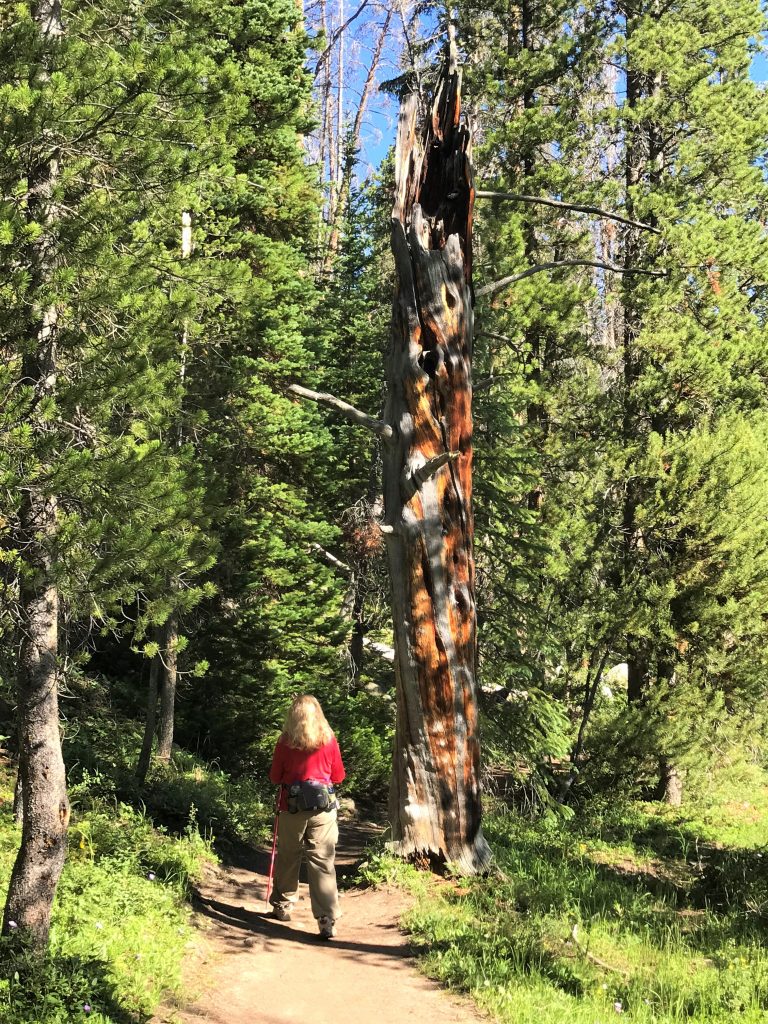
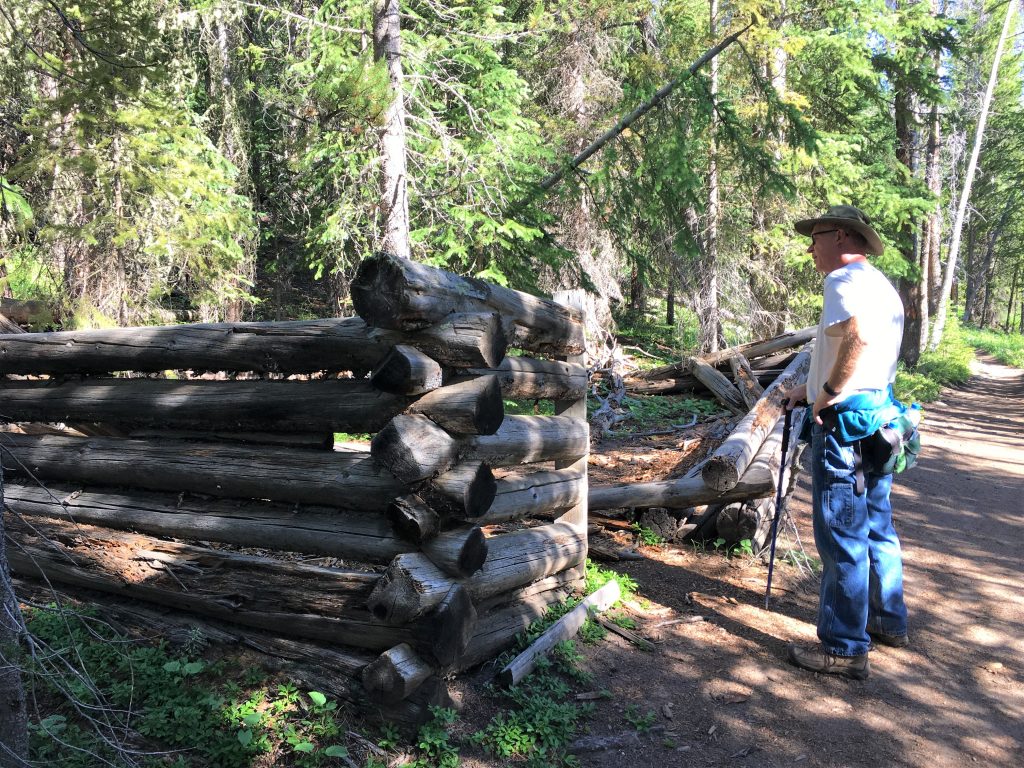
An old house or out building – – or what’s left of it anyway.
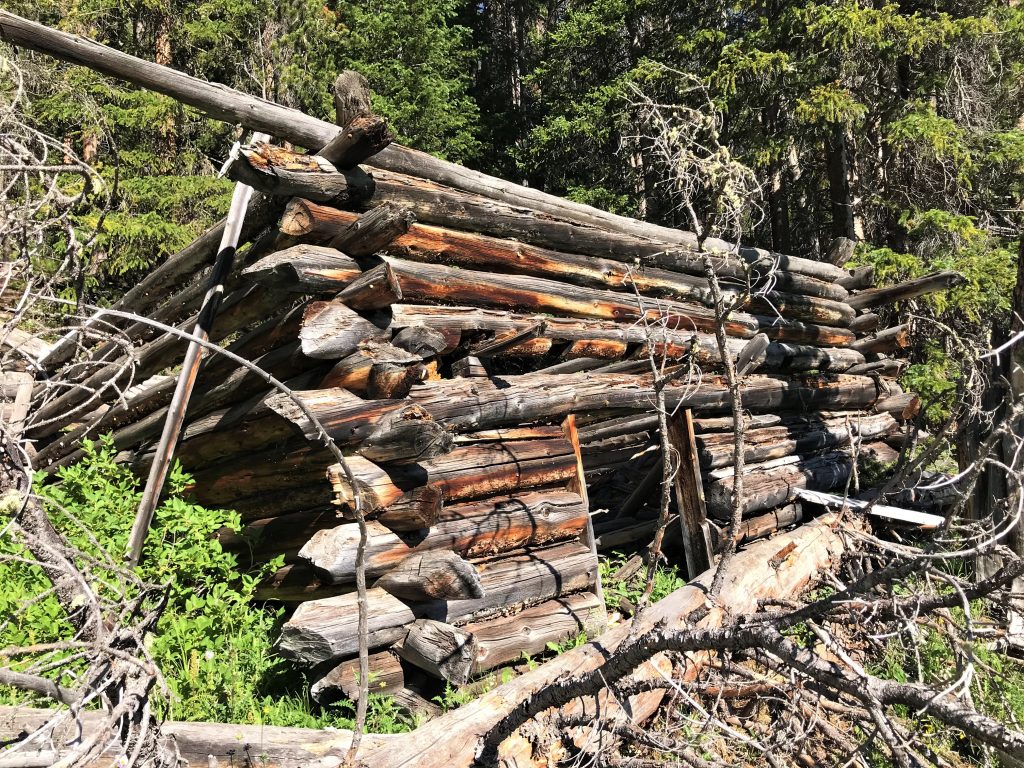
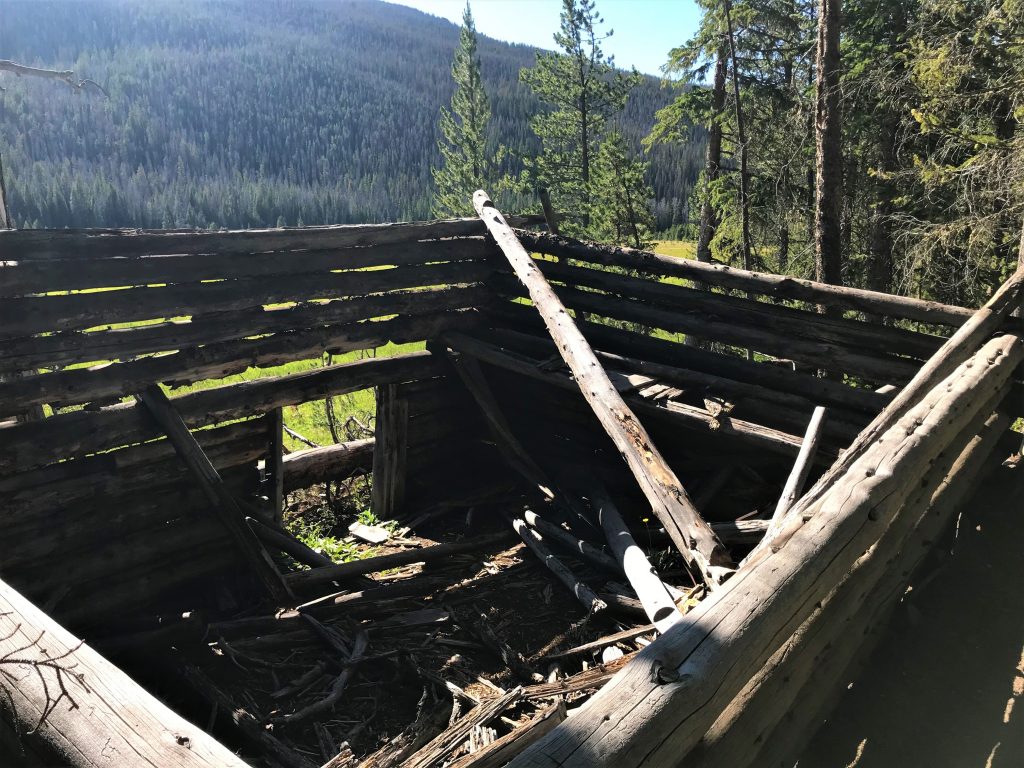
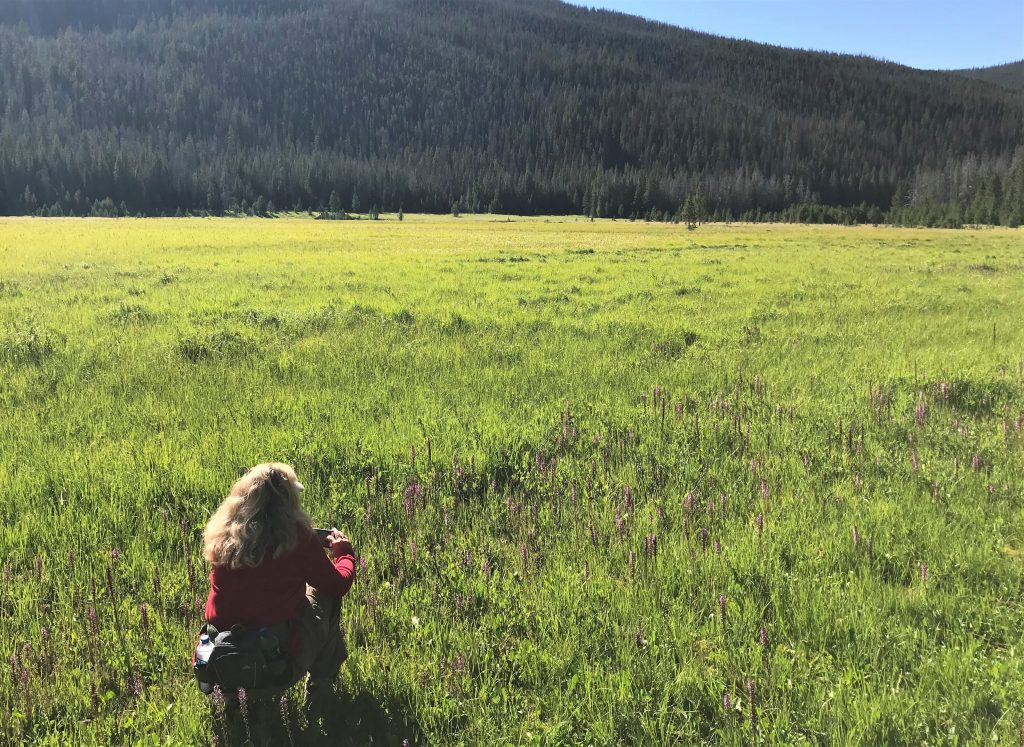
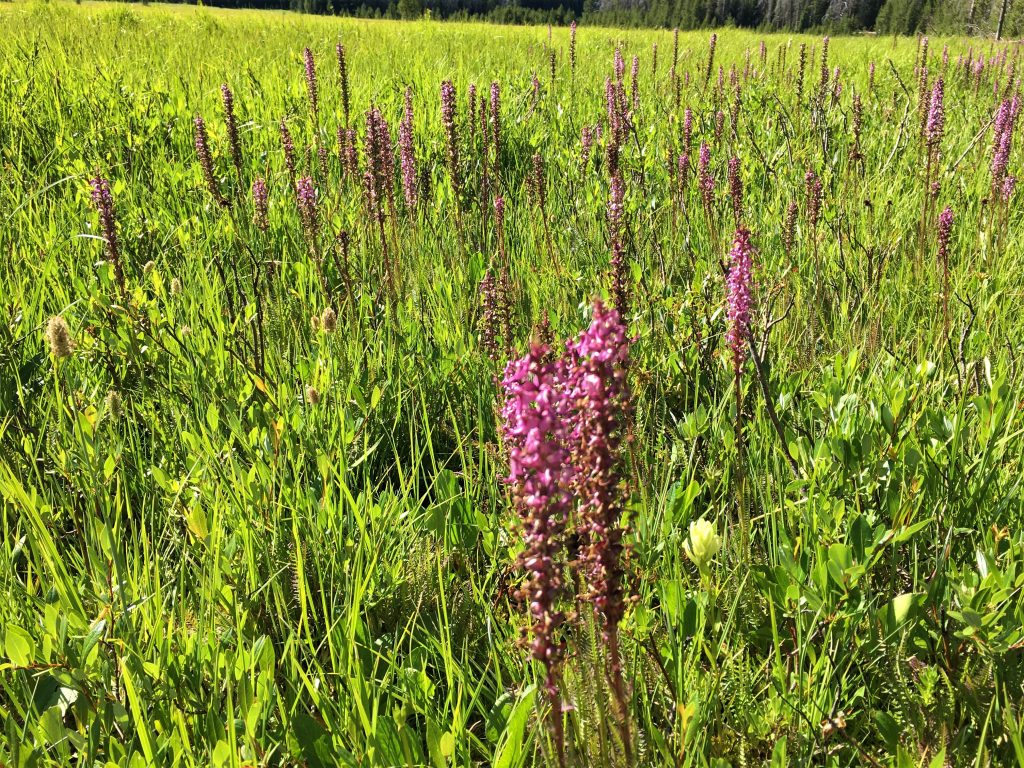
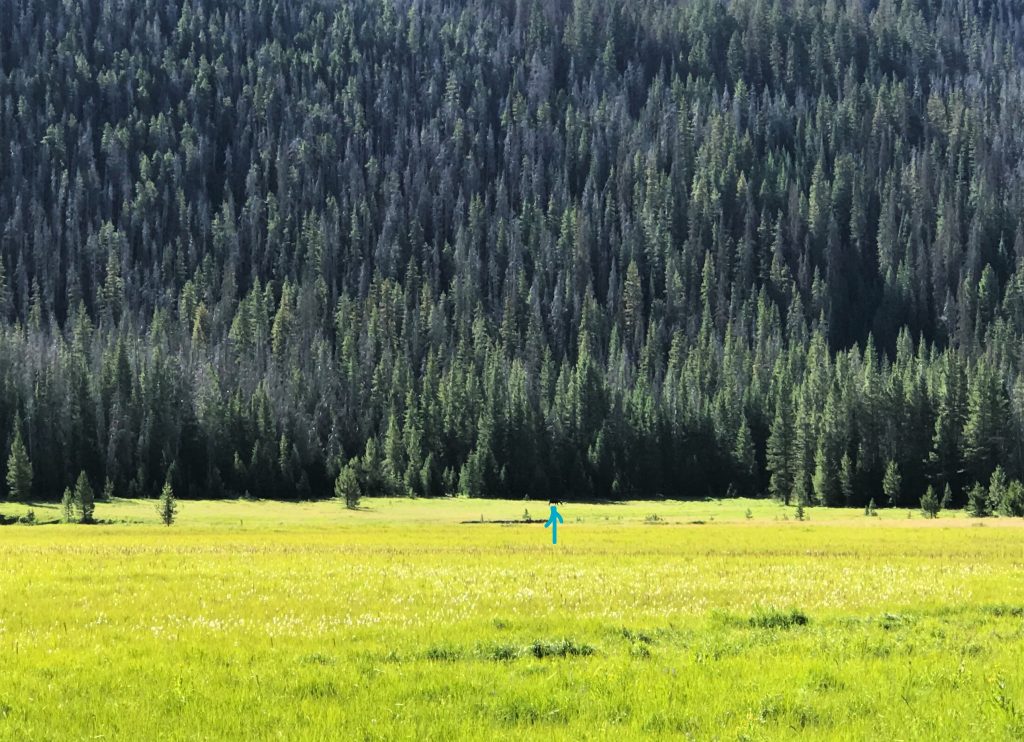
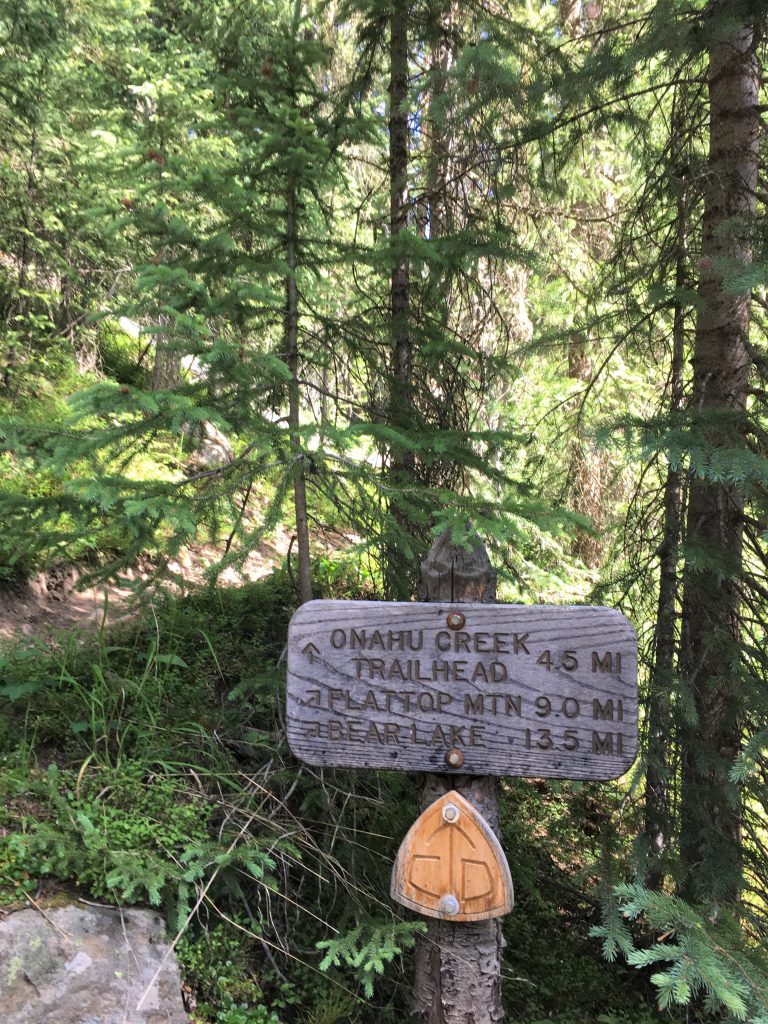
That’s the symbol for the Continental Divide Trail.
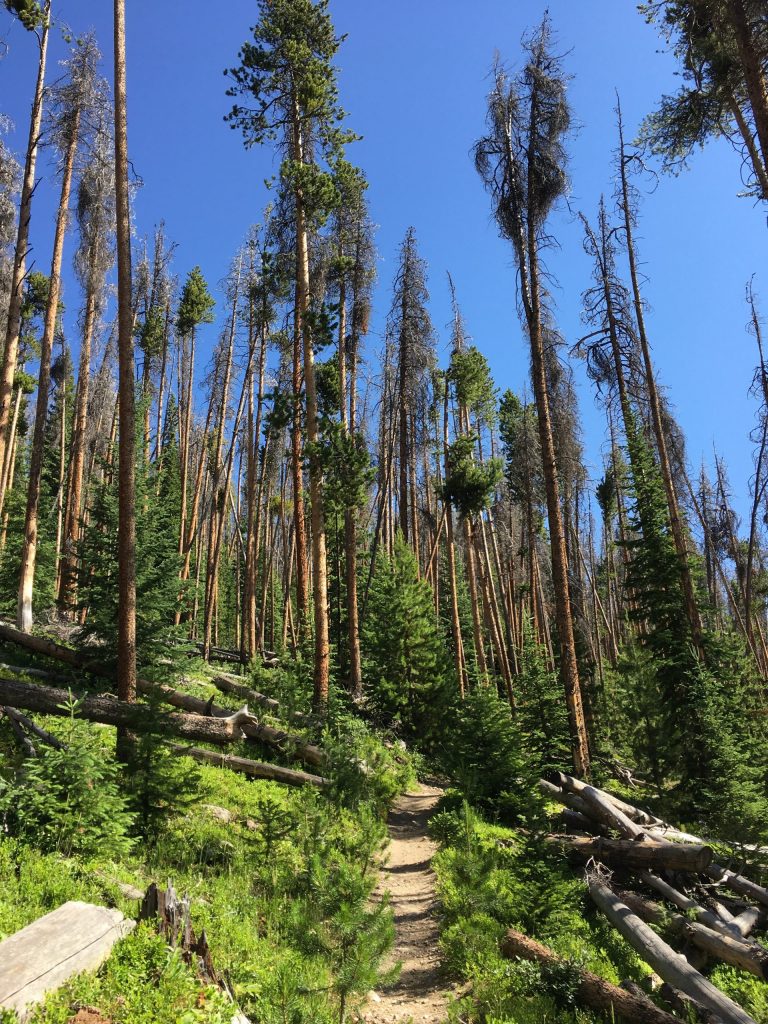
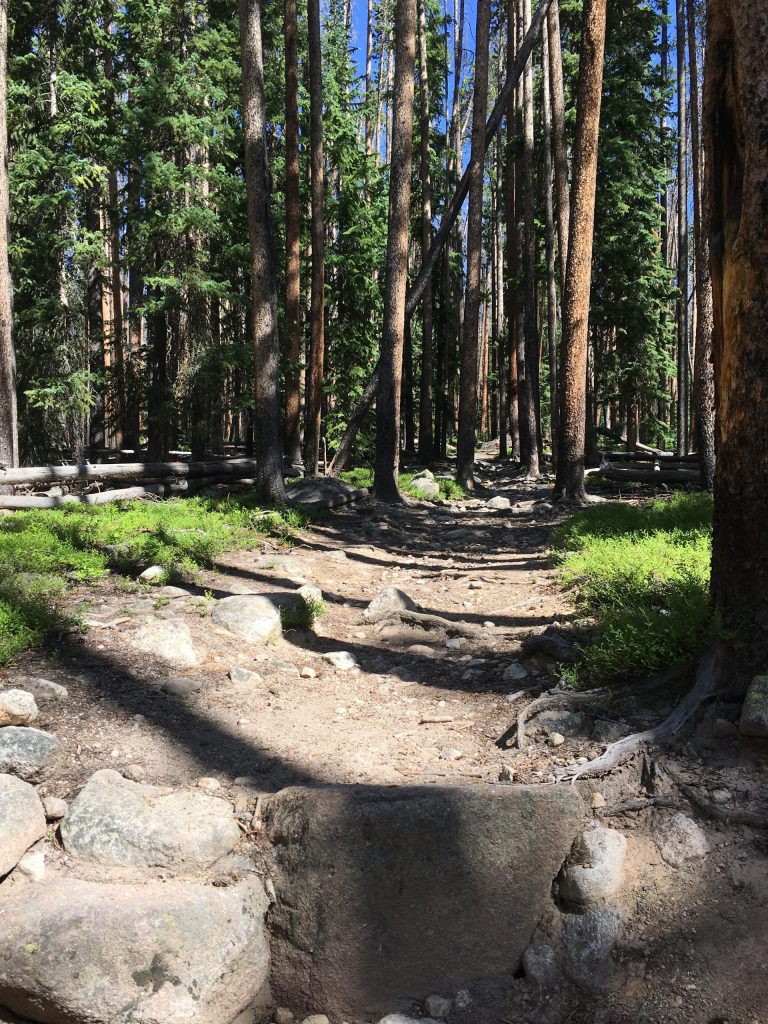
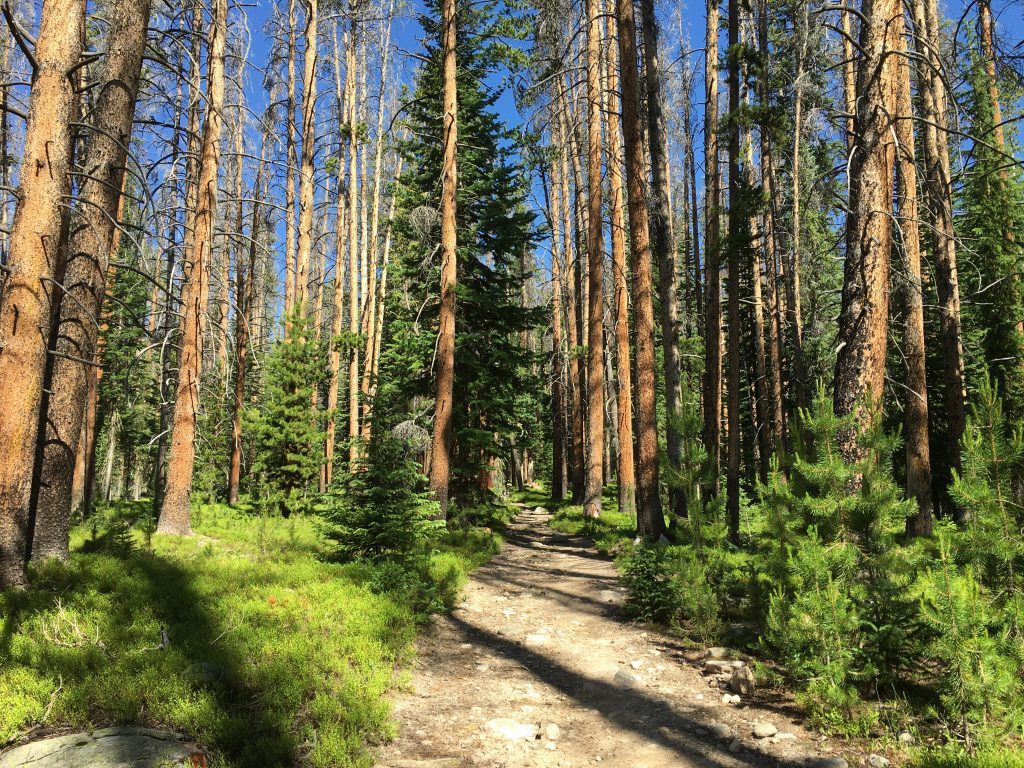
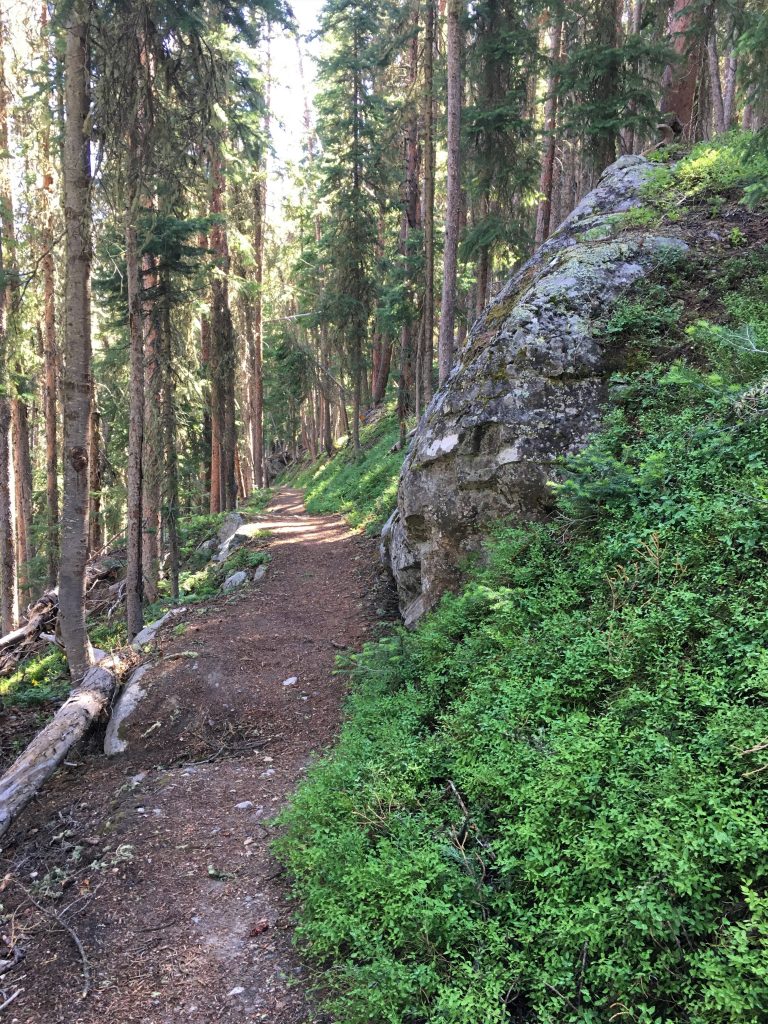
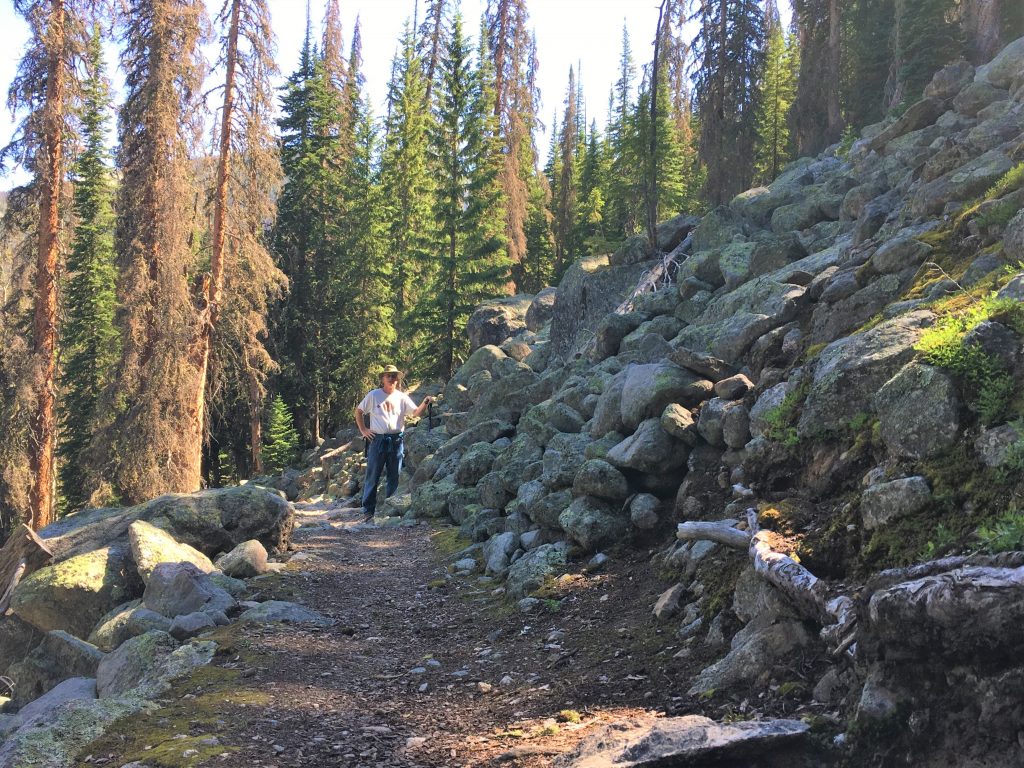
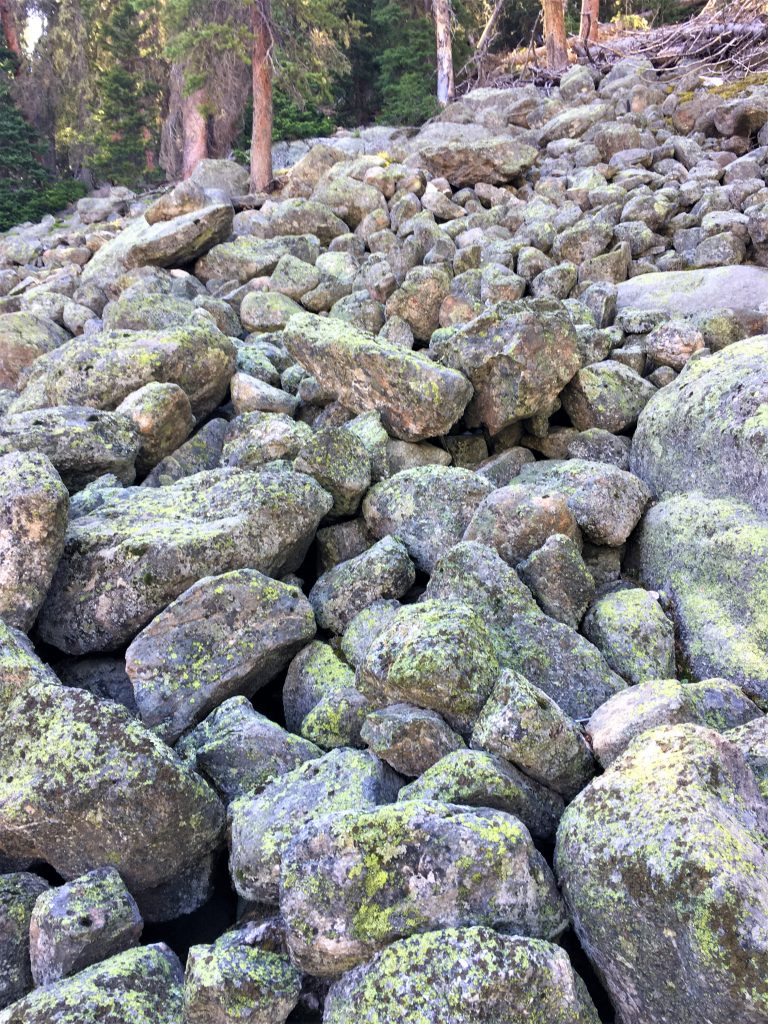
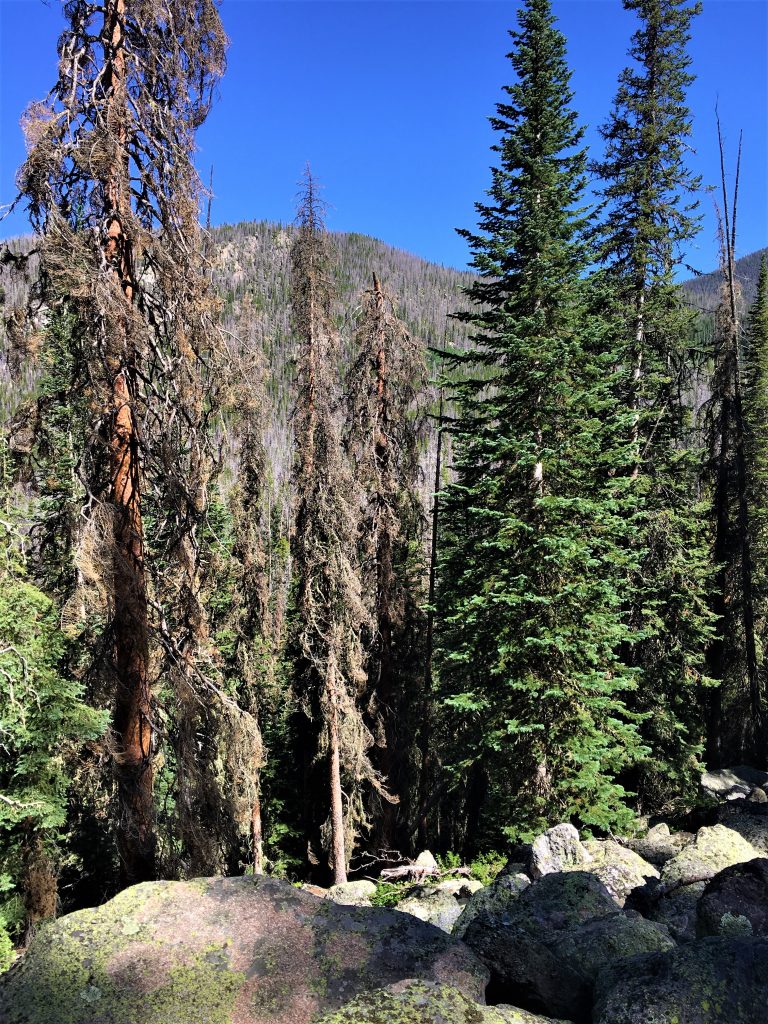
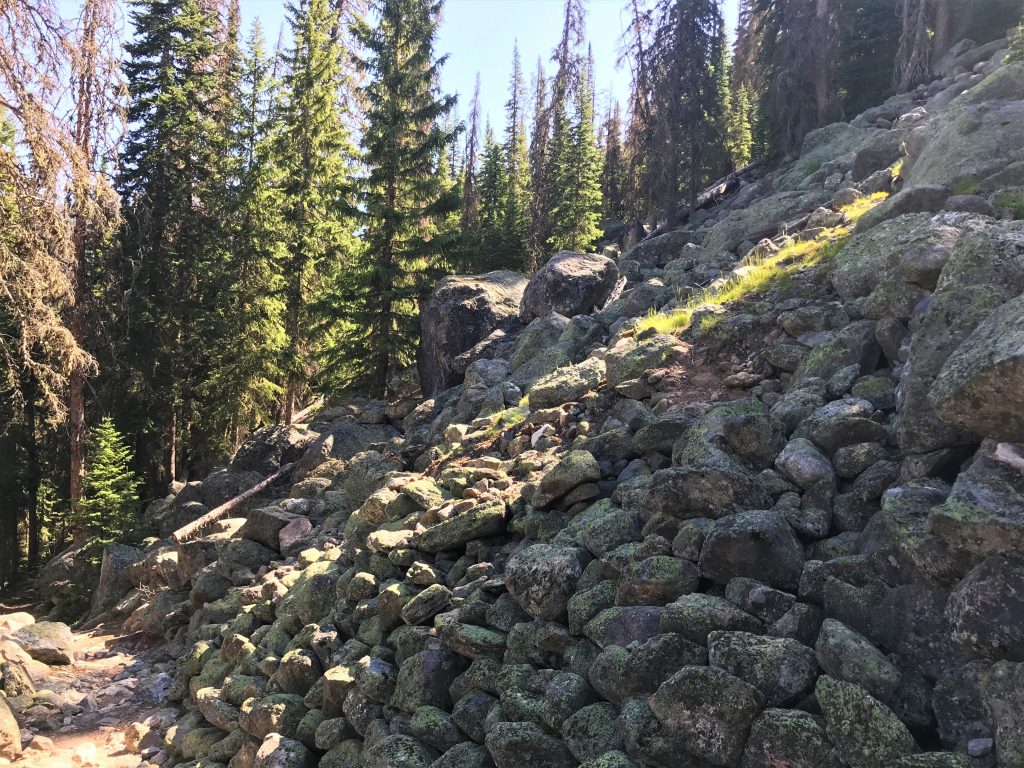


Three miles to go.
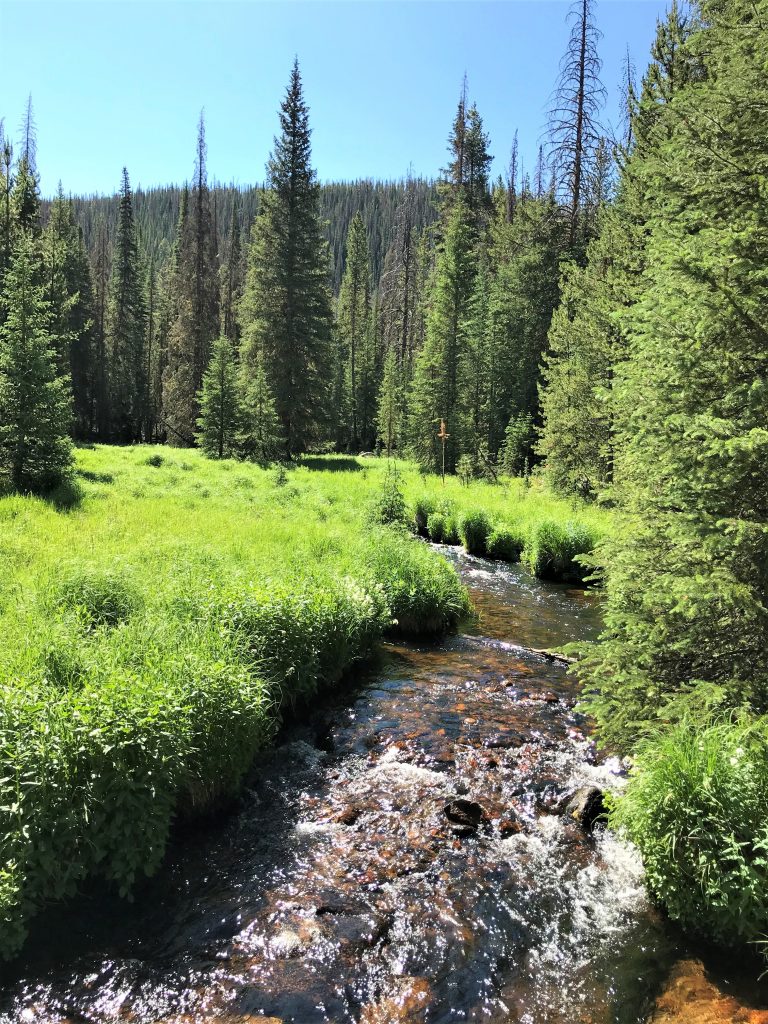
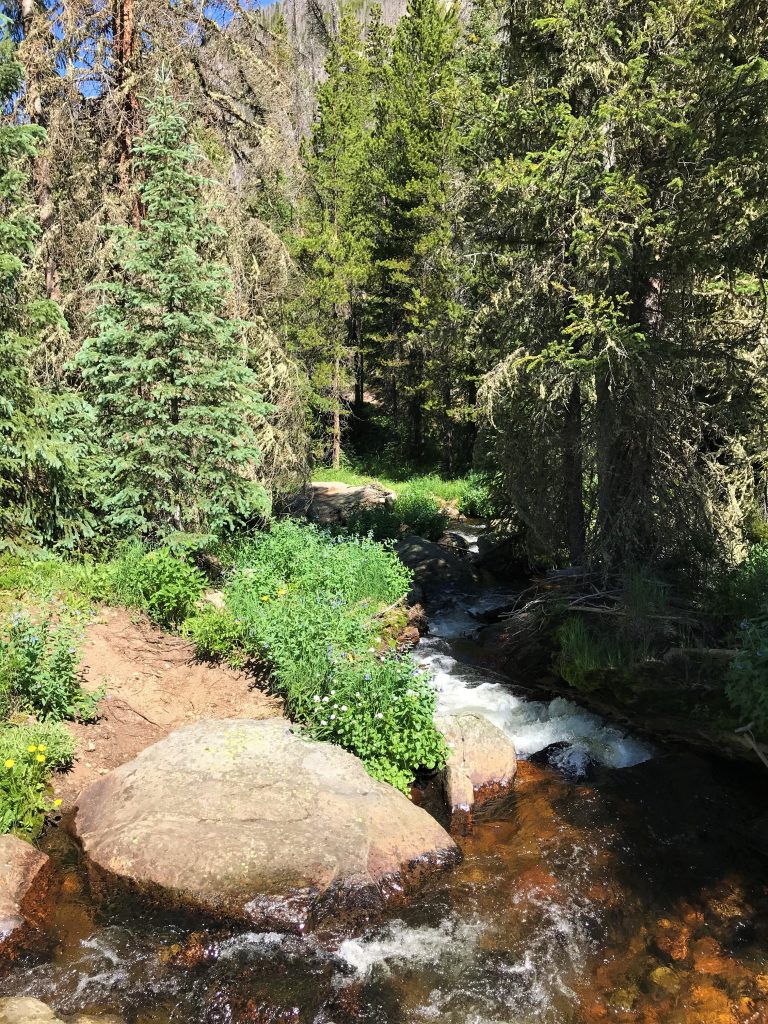
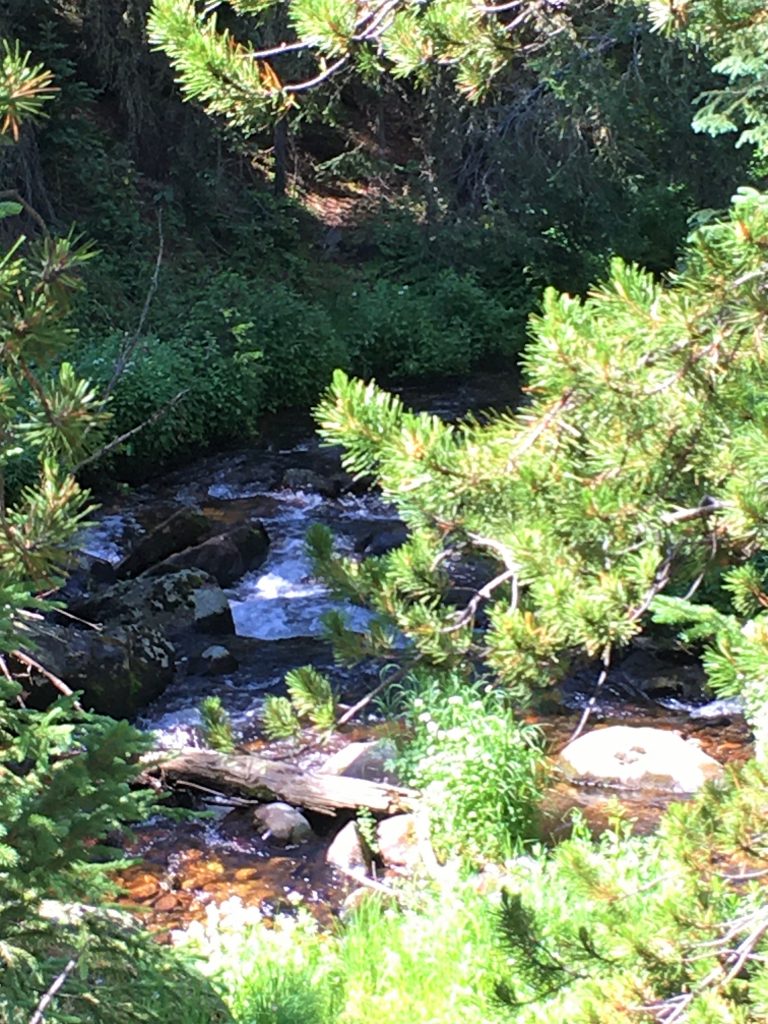
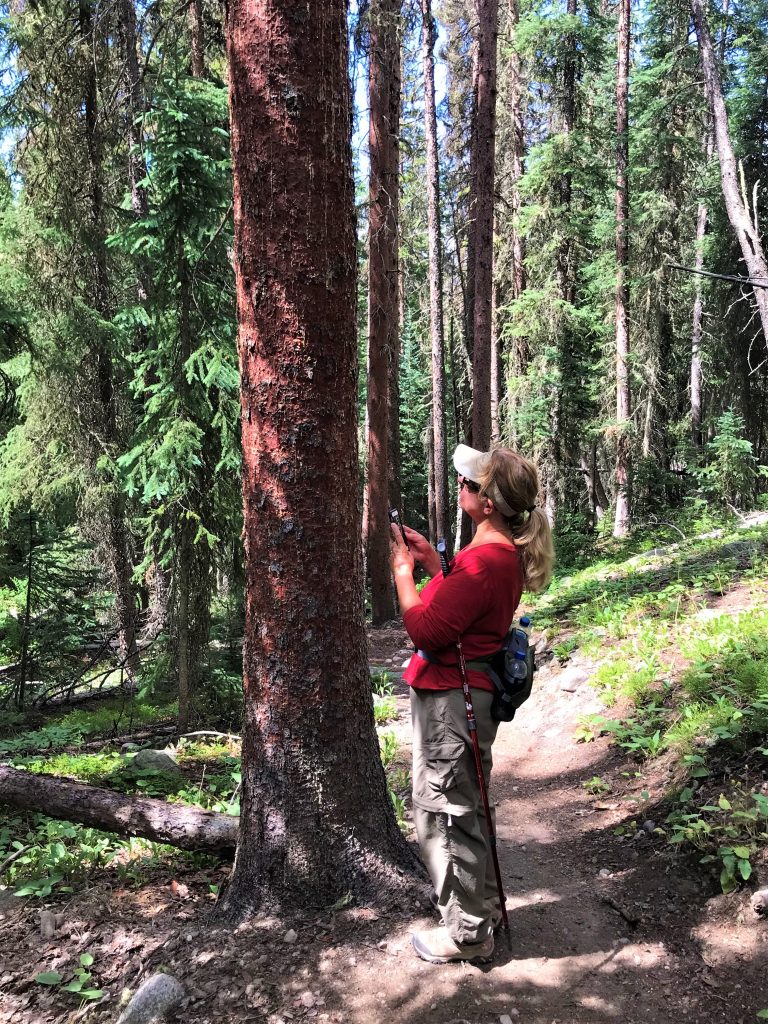
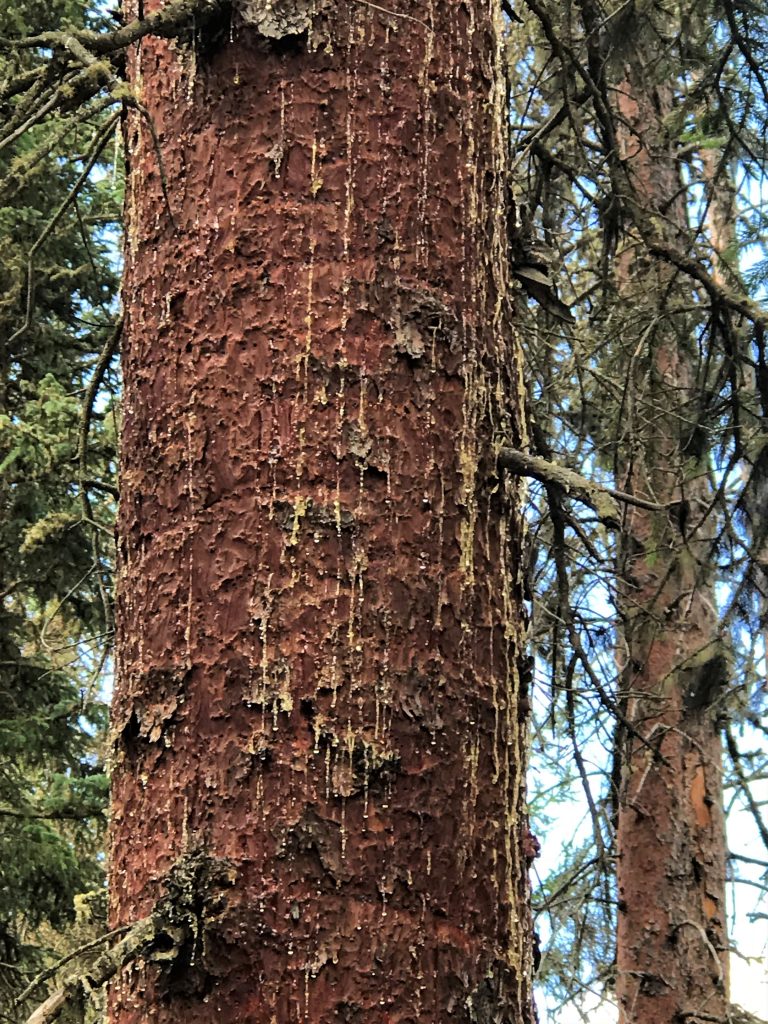
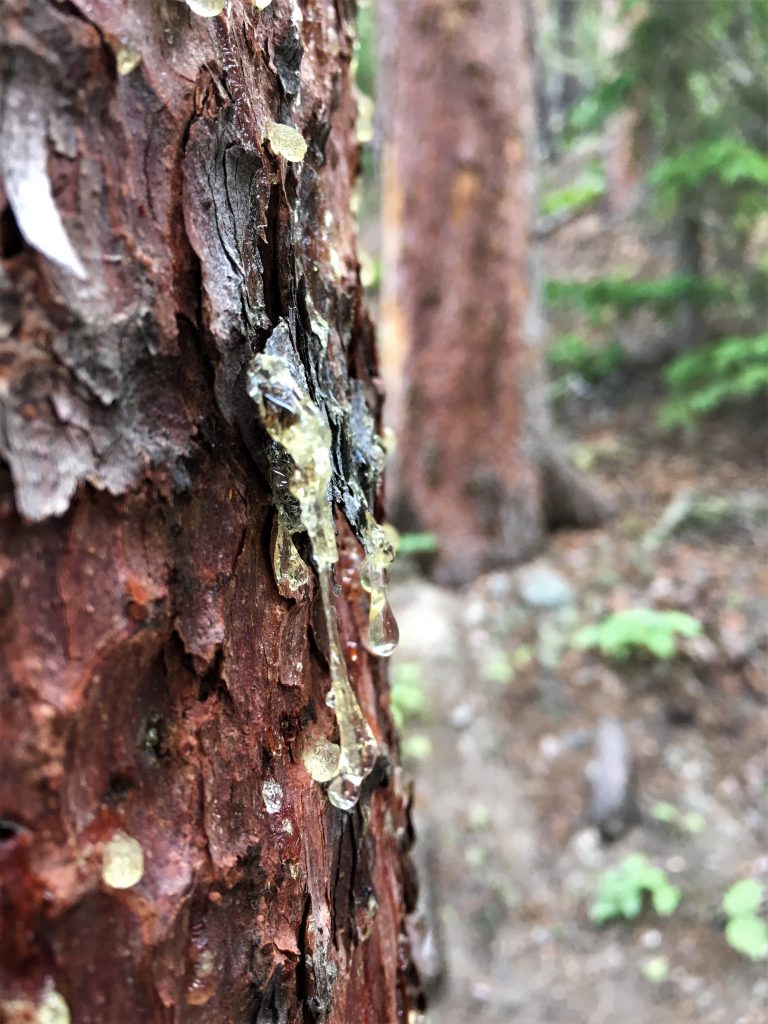
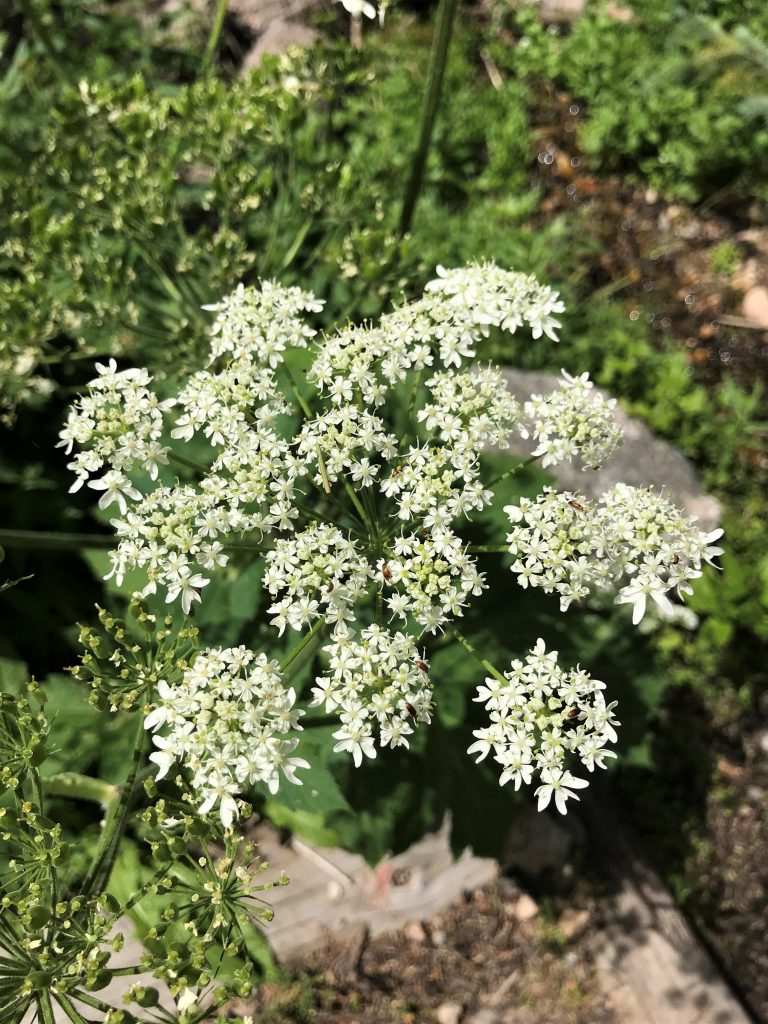
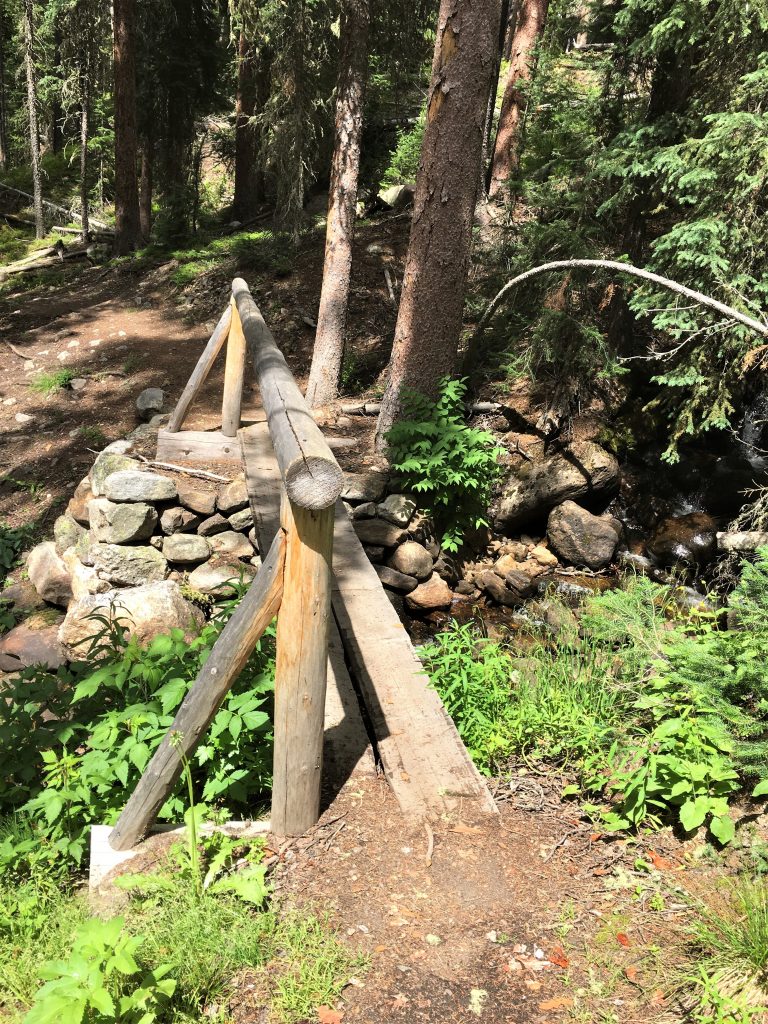
but I wasn’t taking any chances.
Blaine, on the other hand, jumped across. : )
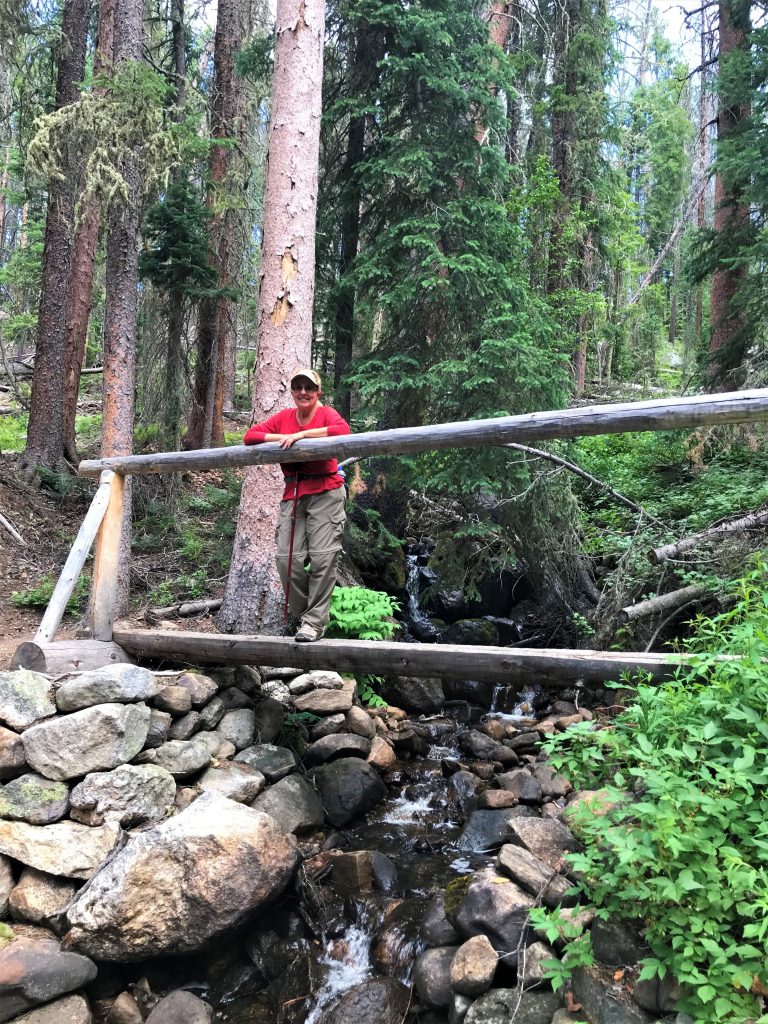
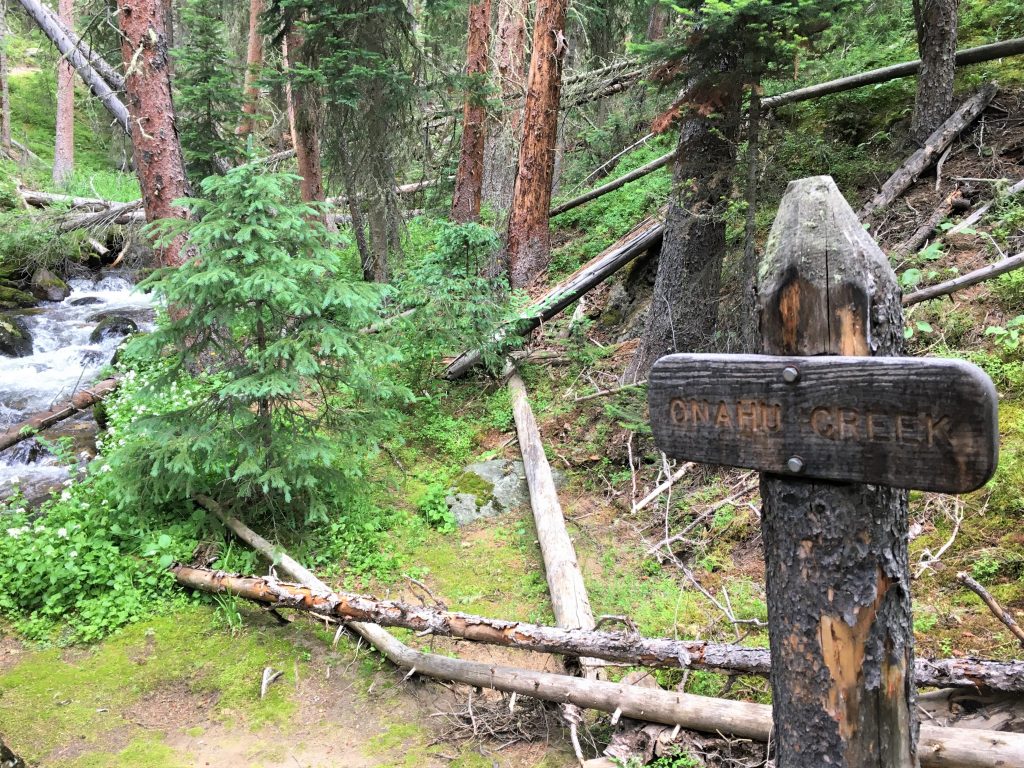
but this one has been labeled. : )
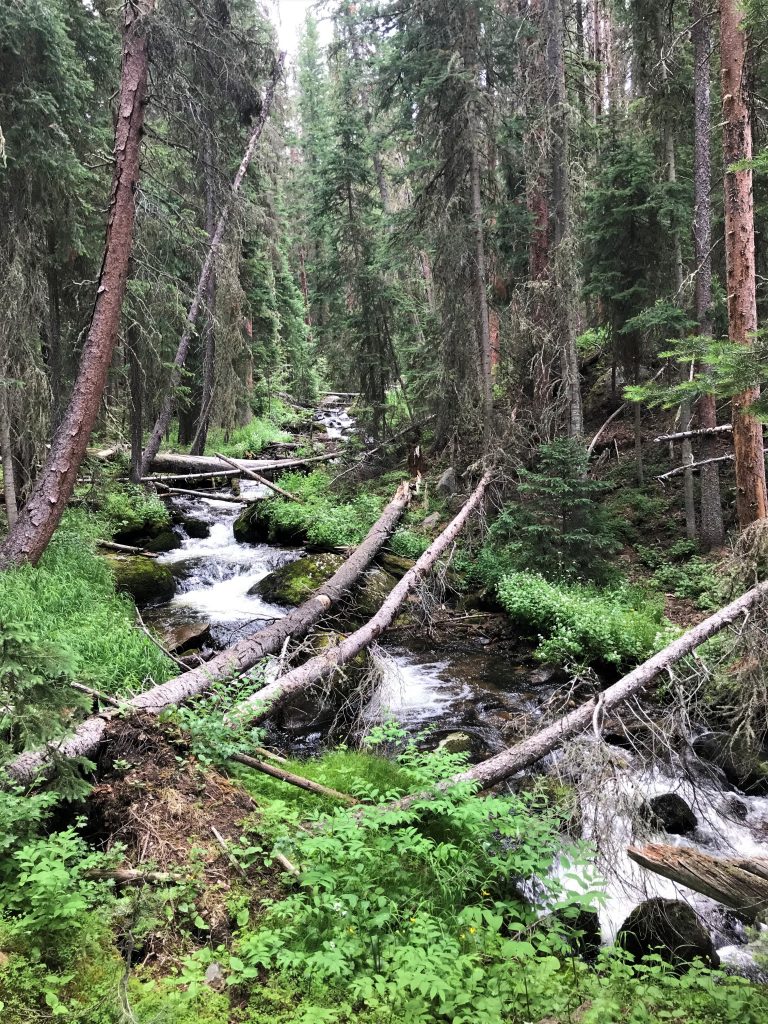

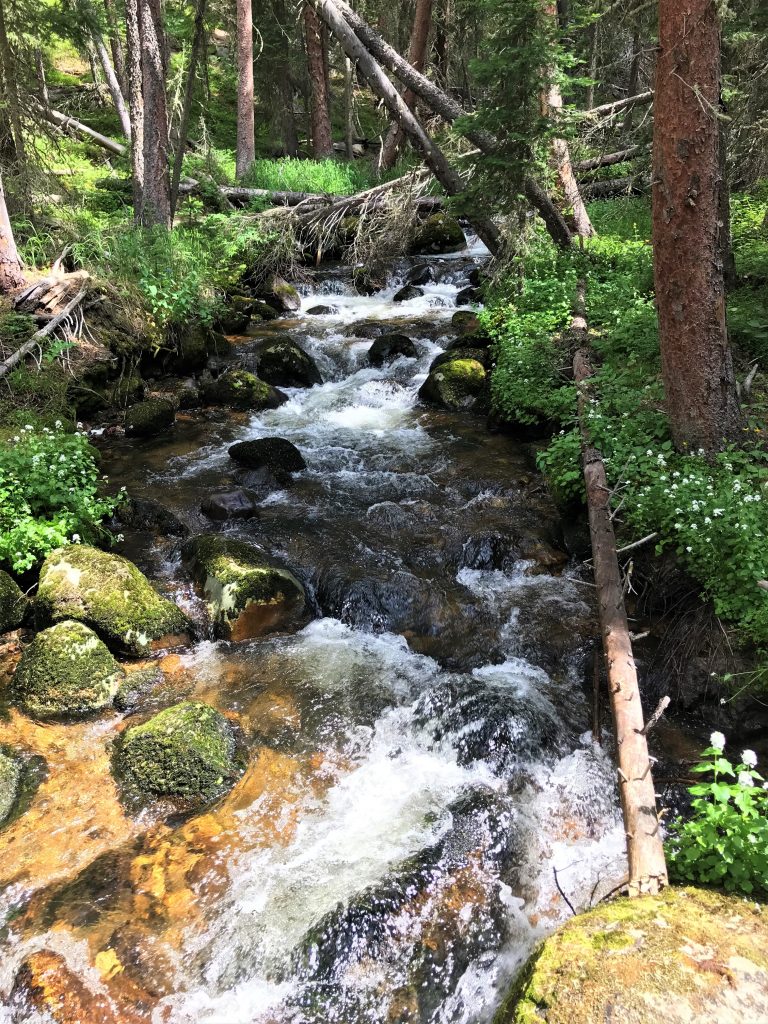

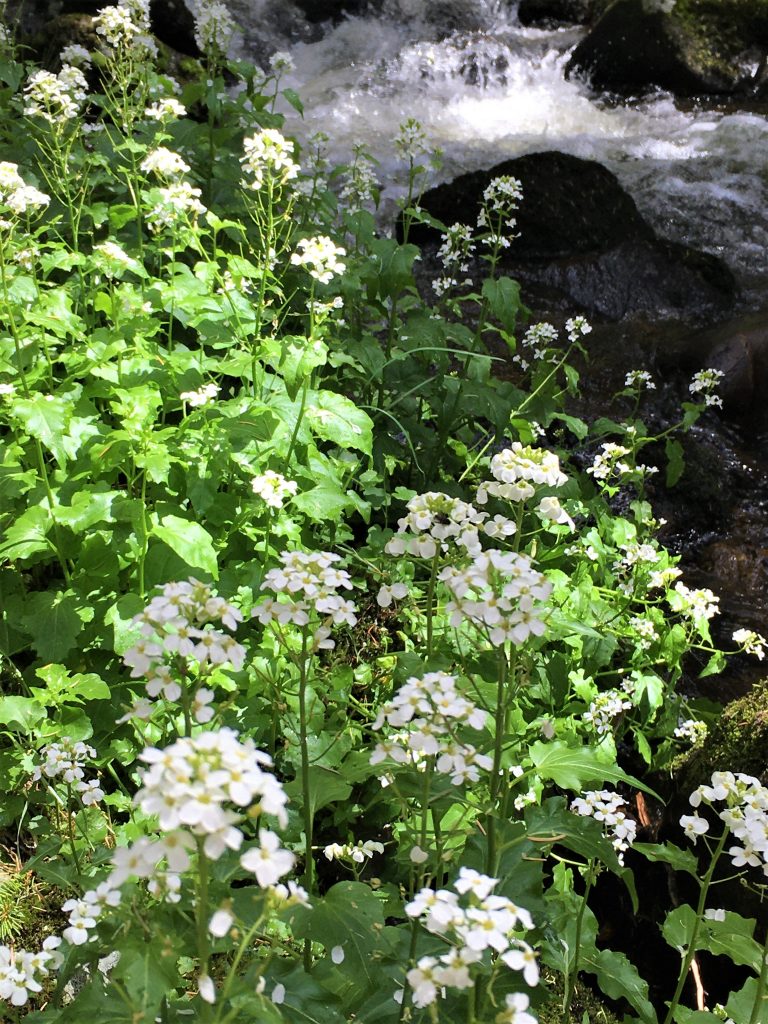
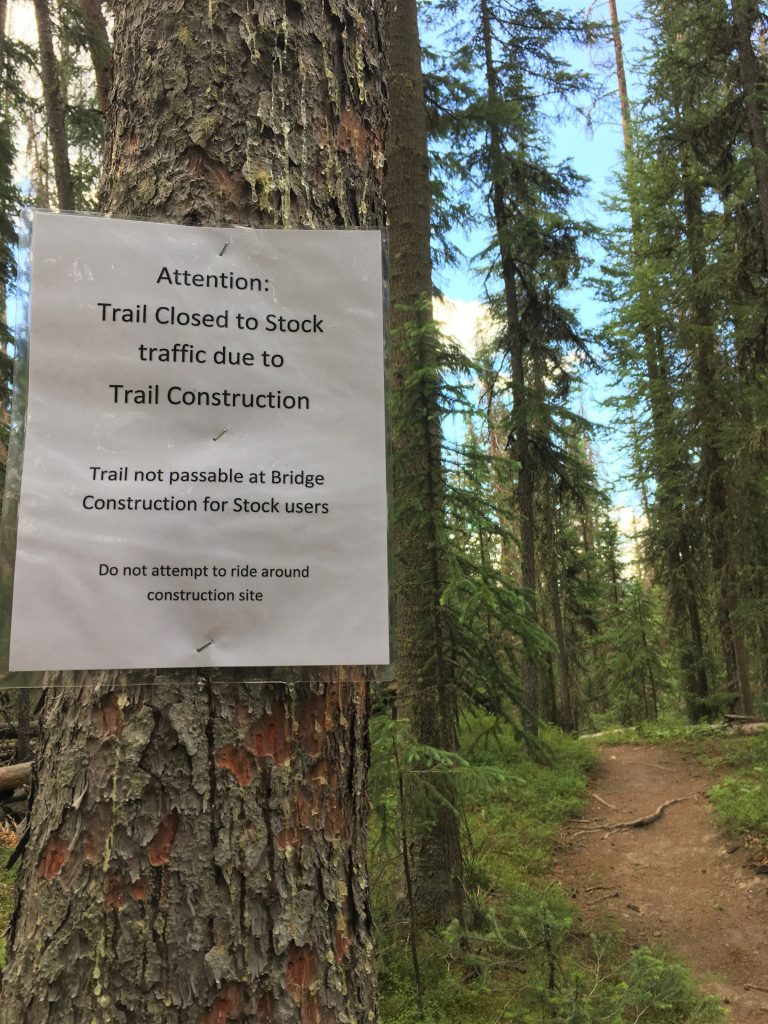

Wonder how long they’ve been working on it?
Anyone on a horse at this point, would have to turn around.

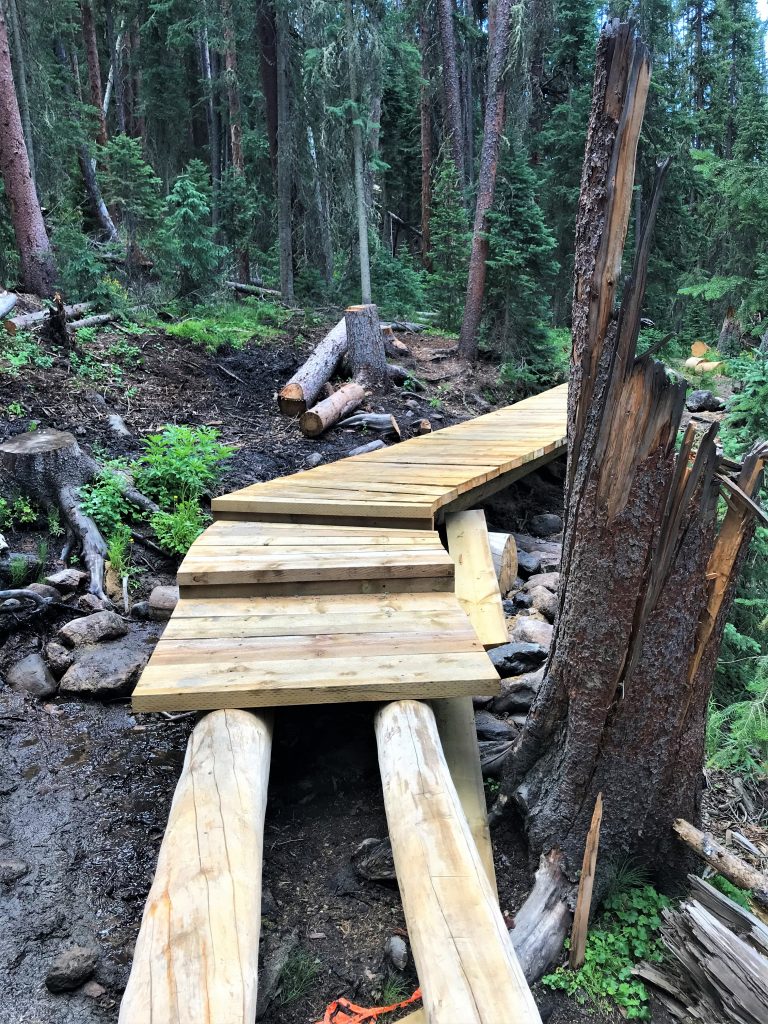
It’ll be really nice when it complete.
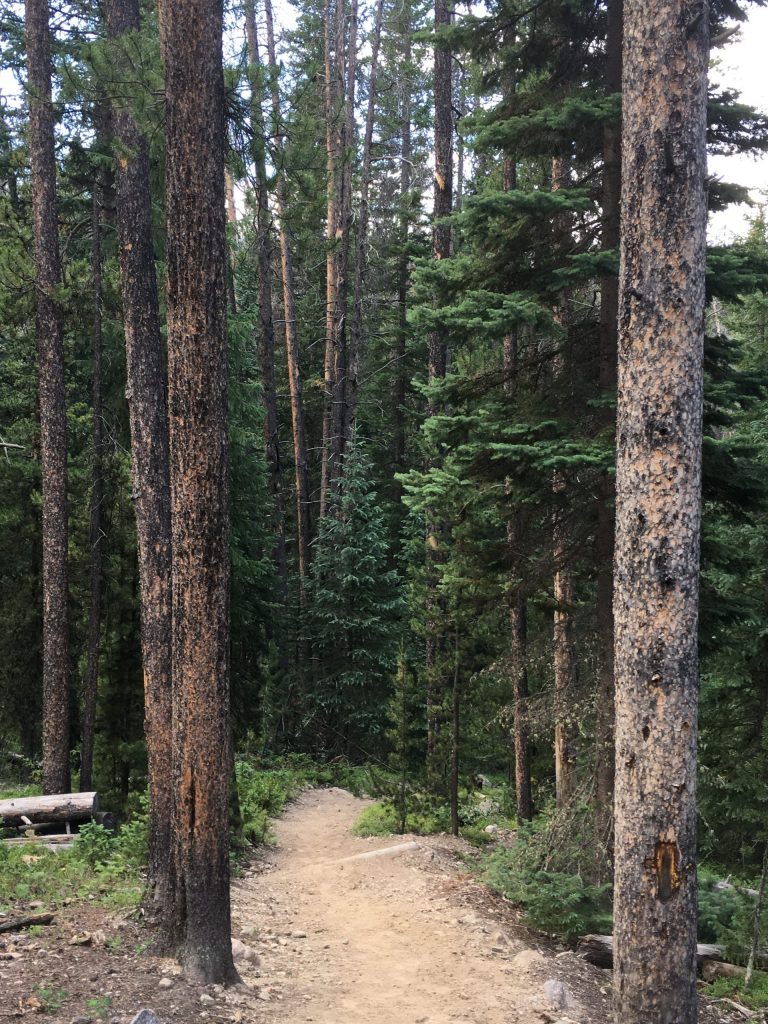
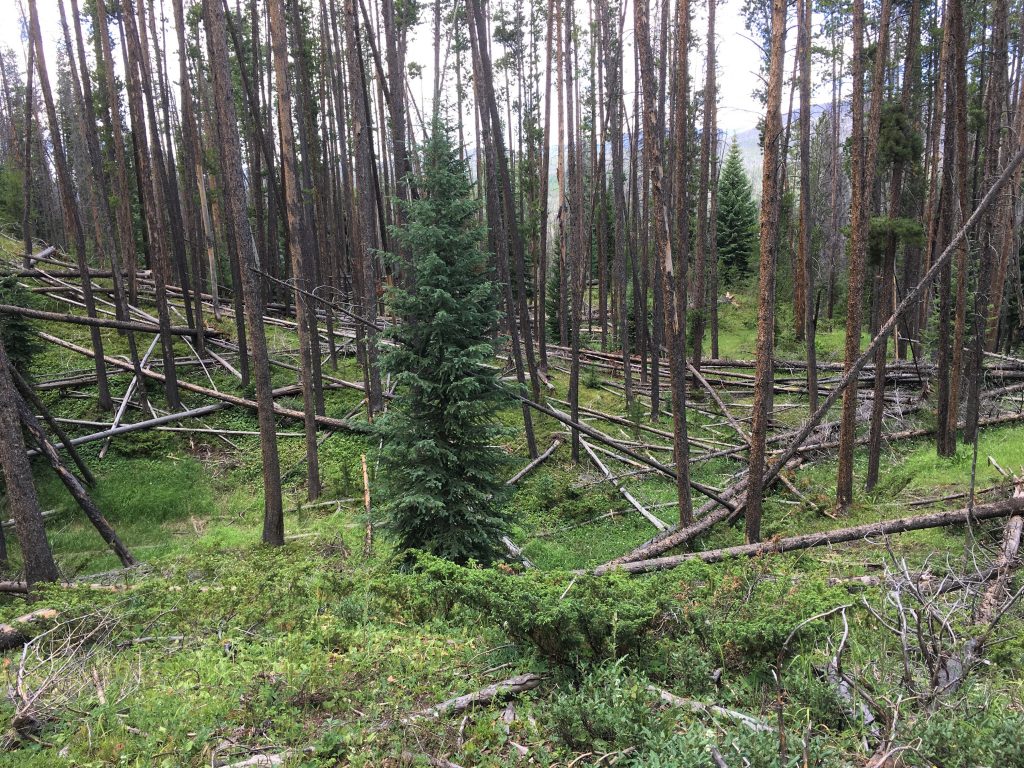
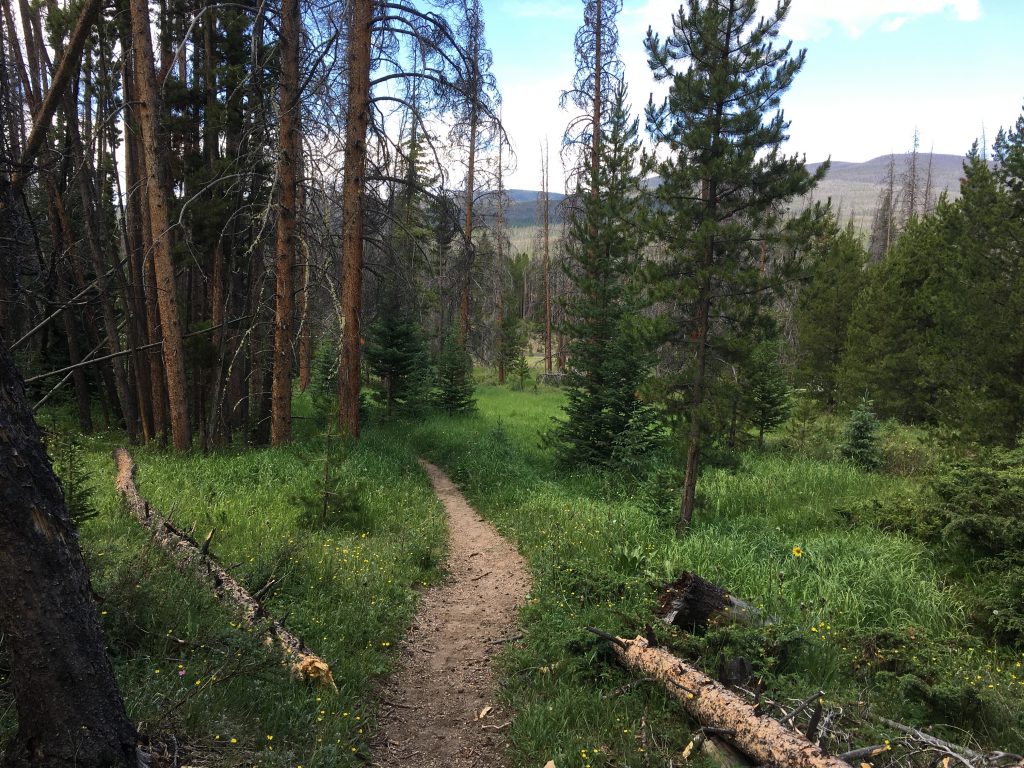
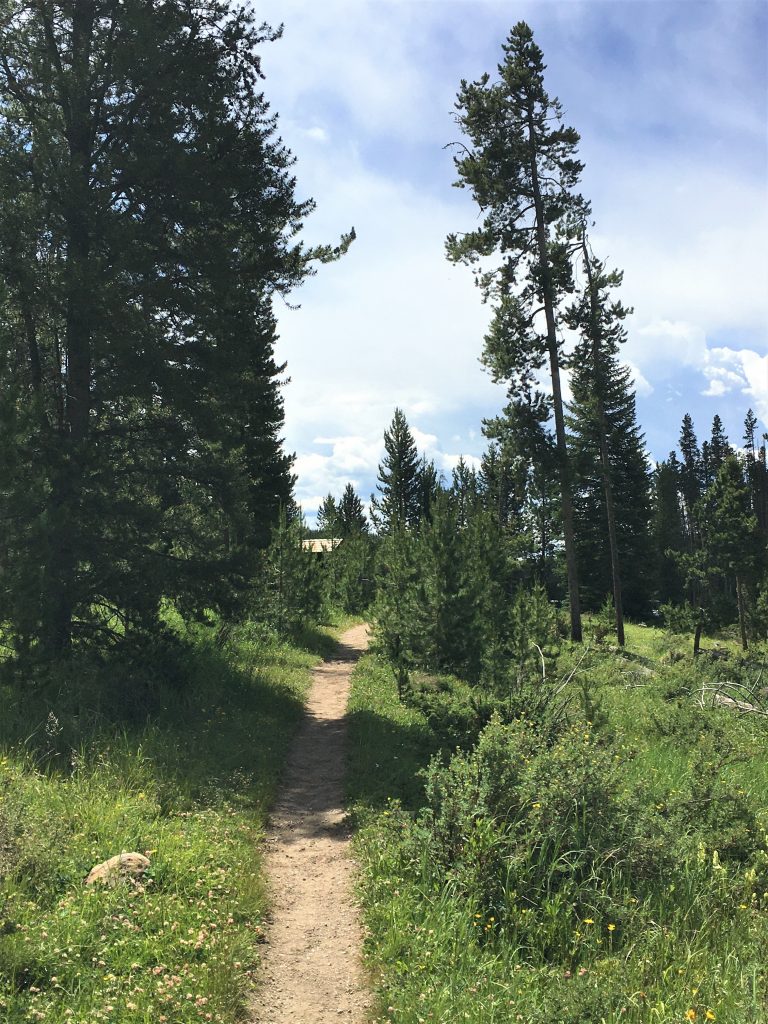
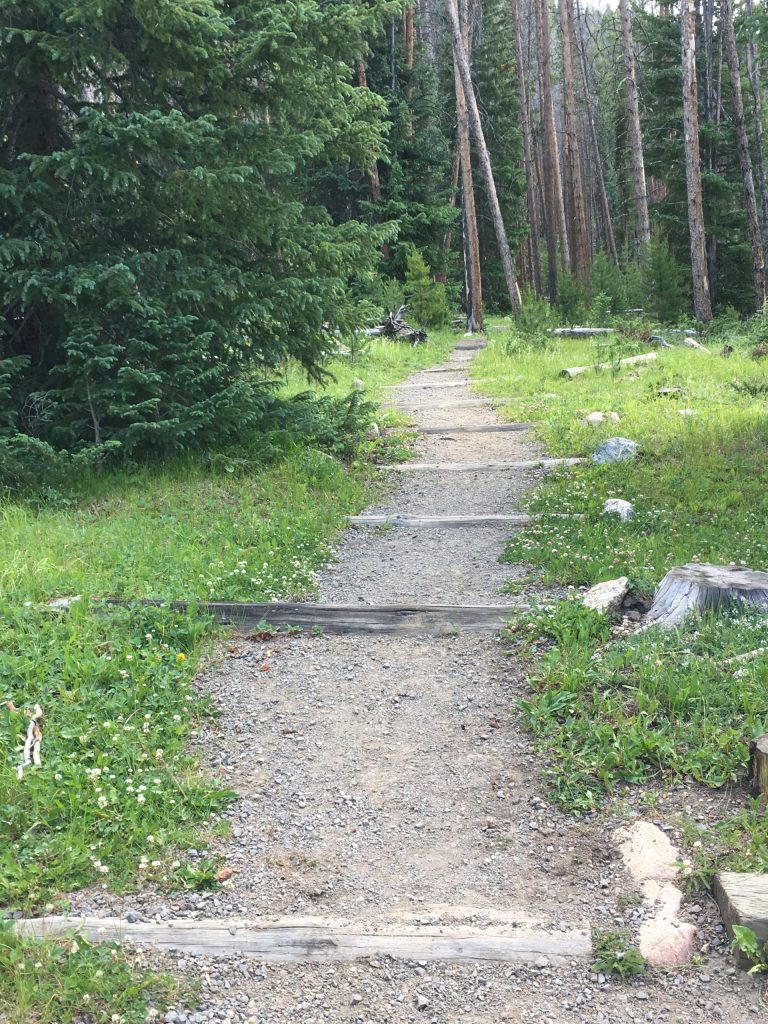
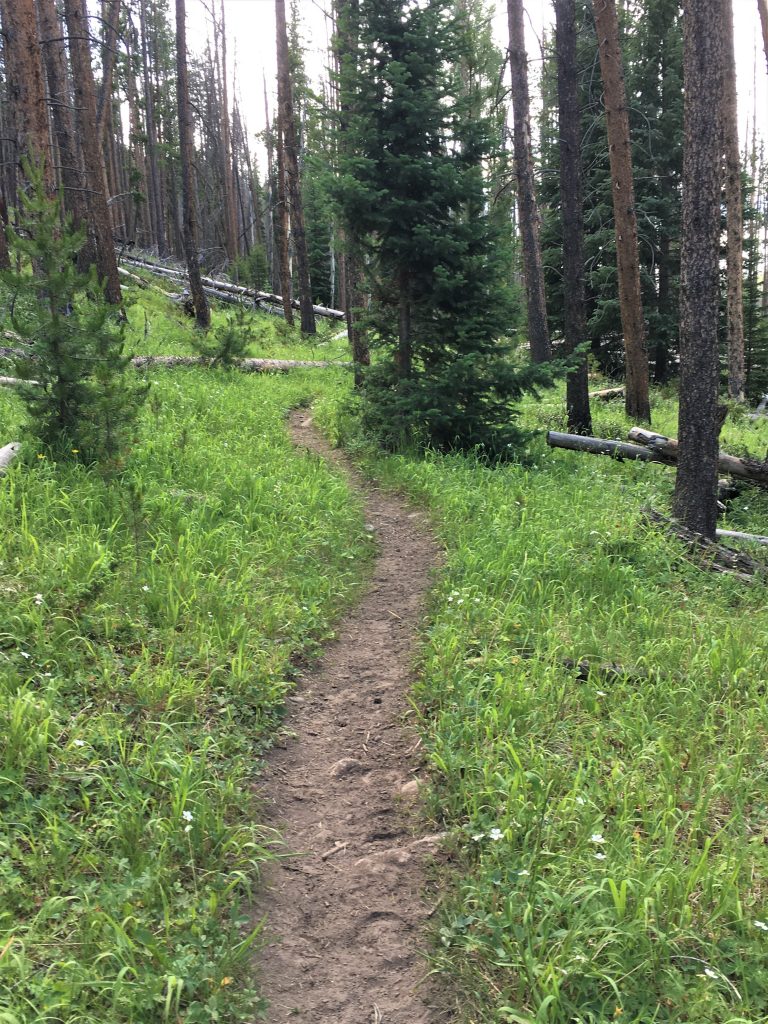
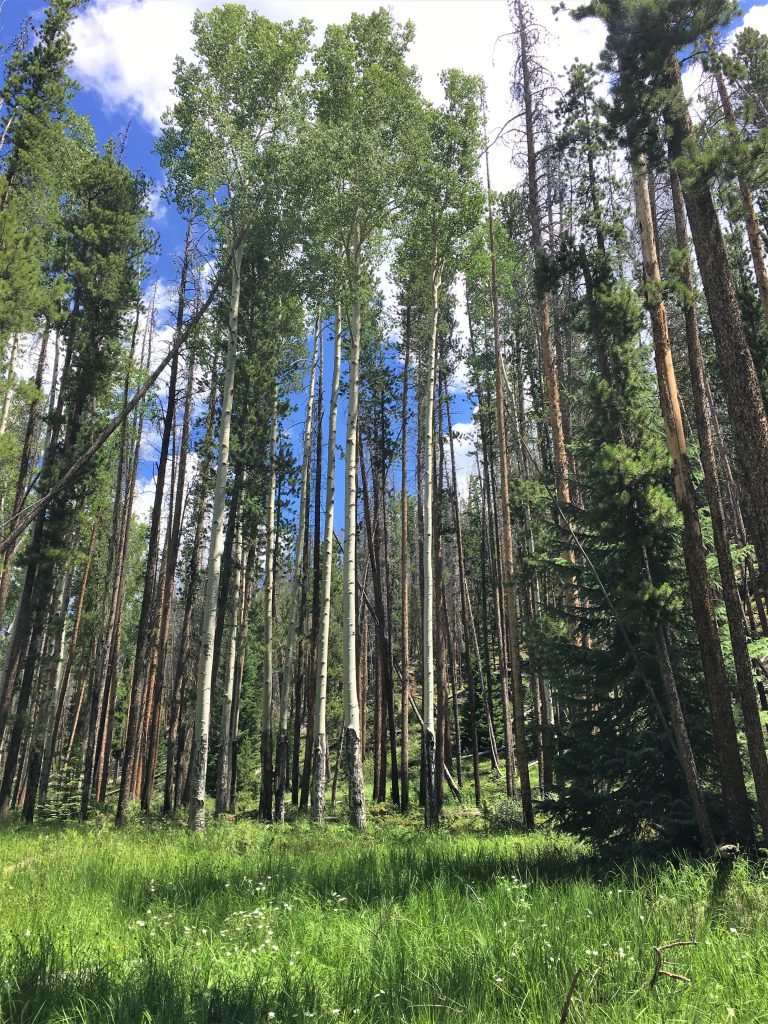
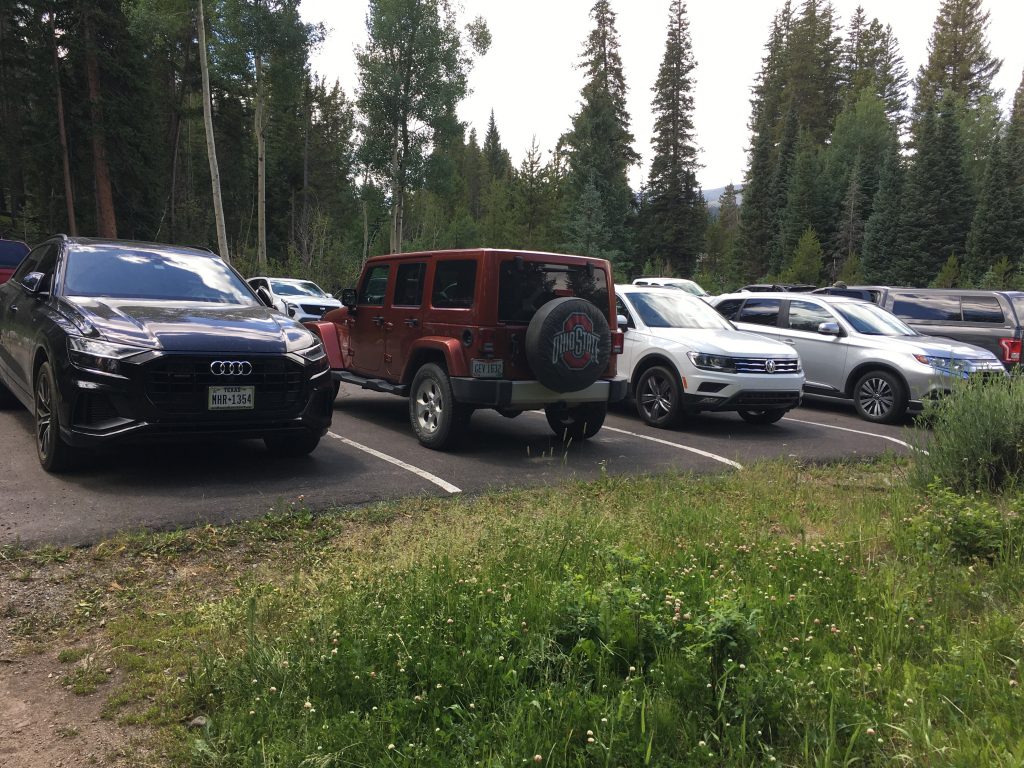
On the way home, we stopped by one of the first hikes we did in the Park – Coyote Meadow – thinking we’d look for wildlife. All we found were tons and tons of people! We turned around, found a narrow dirt trail along the Colorado to walk back (thus avoiding the crowds), and headed for the Jeep and home.
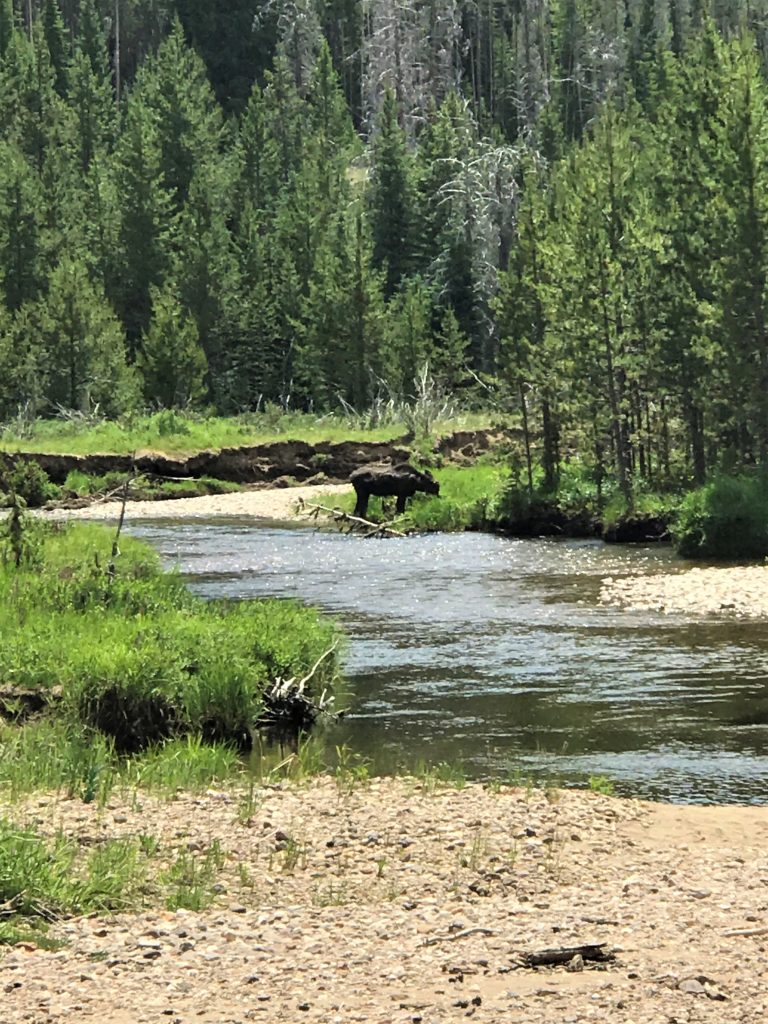
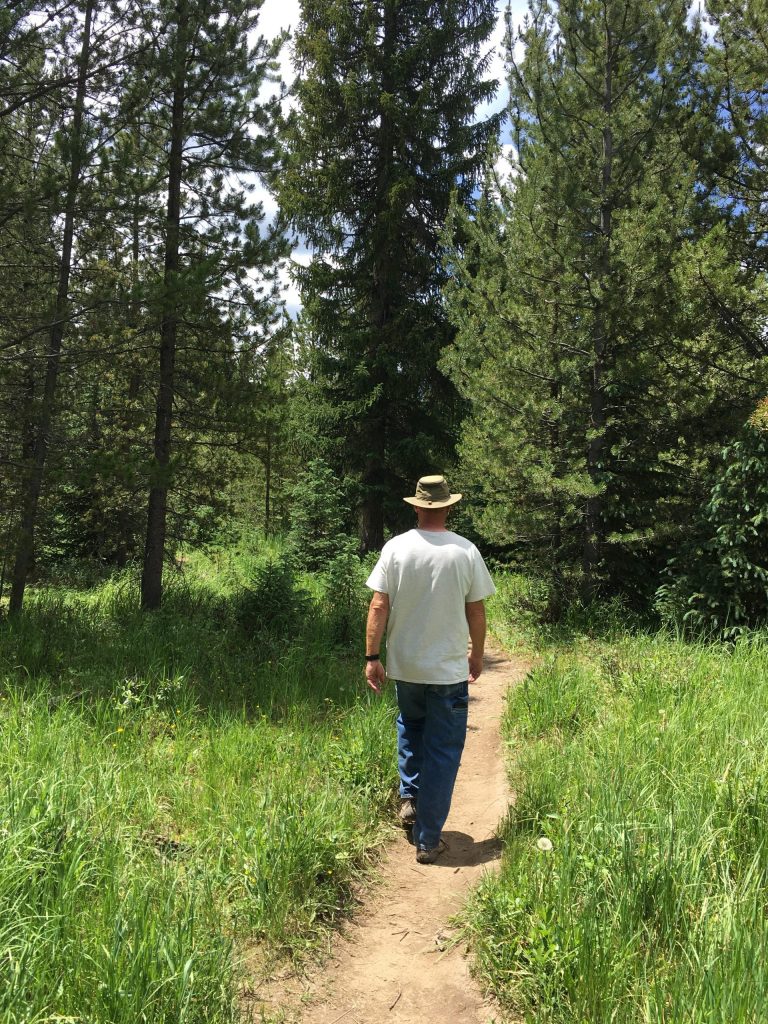
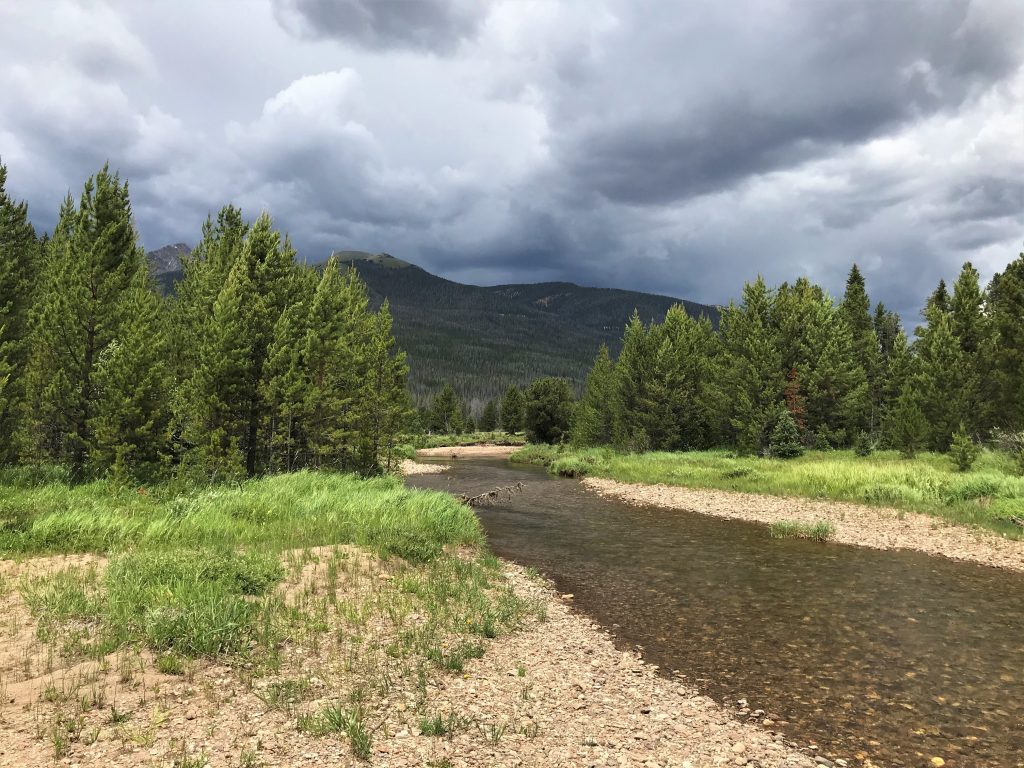
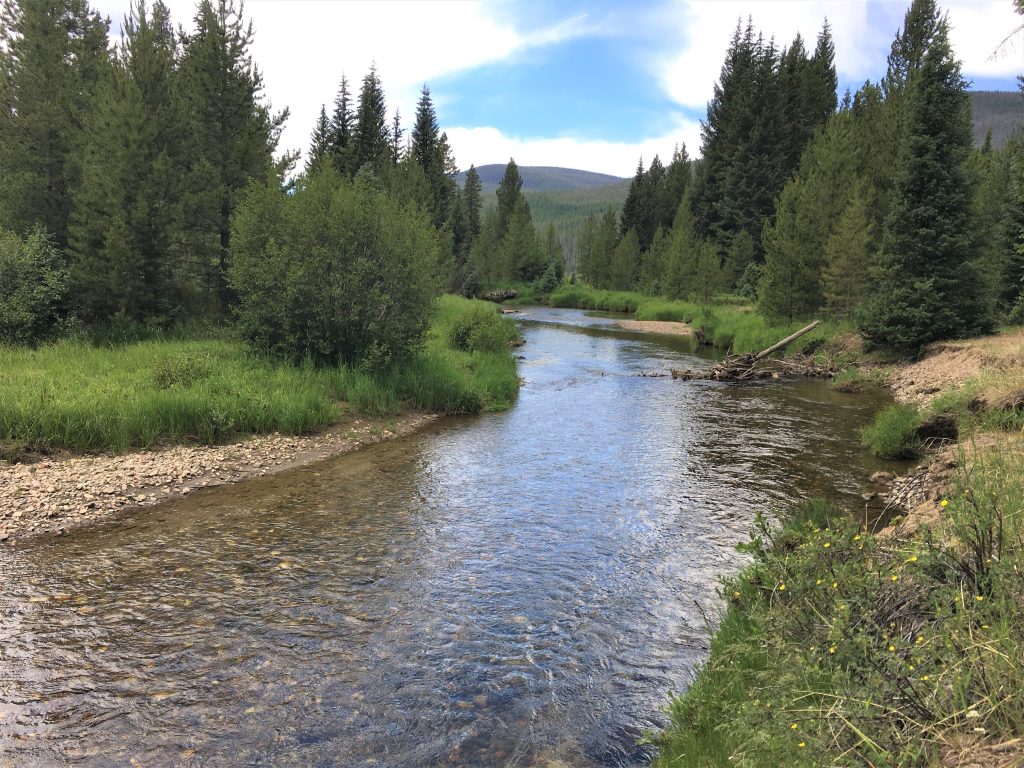
We returned home four hours later, where tonight’s dinner was a chef’s salad. Yummy! Sometimes you just want salad. 😊

